[First of three articles about Don’s process and why it’s enjoyable.]
I draw a little every day. When one of my drawings seems like it could make a beautiful, useful, and funny product, I define a Kickstarter project to see if enough people want to support a production run. These projects have three parts:1. Wallowing fun, 2. Thrill of Minutia, and 3. Learning from surprises. My plan is to write three separate blogs to talk about each of these in turn and offer some do-it-yourself advice.
********
Wallowing in possibilities is like disciplined day dreaming. You sit down with your sketchbook and explore an idea. Typically, that idea drifts into another and then another. You never know where meandering thoughts will lead and, at this point in a project, you don’t care.
Not all wallowing sessions lead to a viable project. In fact, most lead nowhere. So, relax. Don’t heap pressure on yourself during the wallowing phase to come up with something valuable. You are just exploring possibilities. Do the work and enjoy the effort. Just put in the time and something might come or it might not.
Would an example help?
Suppose I start out thinking about classic, metal lunch boxes.
Drawing a picture from memory reminds me of the classic lunch-box shape and encourages me to think about its parts (handles?, latches? feet?).
That leads to on-line research which quickly shows that traditional designs don’t have feet.
That leads to sketches of big, elaborate feet added to traditional lunch boxes to try to get a laugh.
That leads to doodling to explore satires of traditional pop-culture lunch-box designs.

That leads to sketches of surface patterns applied to lunch boxes.
That leads to sketches of animal details so the lunchbox is equivocal—both a box and a creature.
That leads to sketches of add-on features like ears, tails, and wings to turn a box into a creature.
That leads to the idea of molding the lunch box shape instead of printing on metal.
That leads to on-line research about traditional metal or plastic bento boxes used in Asia to carry meals.
That leads to sketches of inserts to subdivide the interior of a lunch box.
That leads to sketches of a joke about recesses shaped like specific animal crackers for obsessively organized people.
That leads to sketches of unusual new animal-cracker shapes—capybara, sloth, paramecium, etc.
That leads to on-line research about industrial bakers who can produce food items to my specifications.
That’s enough. I’m sure you get the wallowing idea.
Sunshine and birds chirping
One of the beauties of the wallowing effort is that all things are possible. Here at the start, everything is positive and none of the cruel realities of real life are there to oppress you. At this point, you don’t care about budgets, supply chain logistics, or gravity. That’s all going to come later. But for a little while, here at the start, you can ignore all negatives and just play with possibilities. Everything is sunny and bright and it’s all going to turn out fine. This is a sweet place to be and I enjoy the time I get to spend here.
Beauty of not knowing
Something else I like about wallowing is how steep the learning curve is. Since I know almost nothing about metal lunch boxes, every little thing I learn doubles my knowledge. Drawing a picture of a lunch box or reading a wikipedia article dramatically increases what I know. Thanks to knowing so little at the start, one can make giant advances in just one session. Before my first cup of coffee is gone, I have jumped from being a know-nothing to a know-something. It feels like I’m making superhuman progress.That’s a thrill I enjoy.
Where does the discipline come in?
Earlier, I said wallowing was like disciplined daydreaming. Record keeping is where the discipline comes in.
You’ve got to record your wallowing so you don’t forget it. Make sketches. Take notes.
Those notes may payoff later—sometimes much later.
I enjoy revisiting my old notebooks. When you go back to visit your notes years later, you are inevitably a different person who has accumulated new experiences and new perspectives in the meantime. You can make new connections. So, old notes can have a value today that they couldn’t have had in 2013. But if you don’t make any notes, everything fades fast.
Pet peeve
Let me just mention one more thing about wallowing. Later, when a project is complete, no one seems capable of remembering how much wallowing was needed at the start. We all tend to abbreviate this effort when we tell the story. When they make a documentary film about the lunch-box-animal-cracker project, it will look like it all came together when an animal walked in while the inventor was eating lunch. But in reality, there were probably lots of lunches, lots or sketches, and lots of meandering explorations that never led anywhere useful. Those facts are almost always dropped from the story and that creates a misleading impression of how things are created.
In general, I wish that pointless and un-productive wallowing got more respect. But I doubt that it ever will. Storytelling prefers tales of shining inspiration and quick integration of threads. There’s not much patience for the truth—false starts, dabbling, and dead ends.
Next, I’ll share some thoughts about what comes after wallowing. Read Part 2 here.
Don


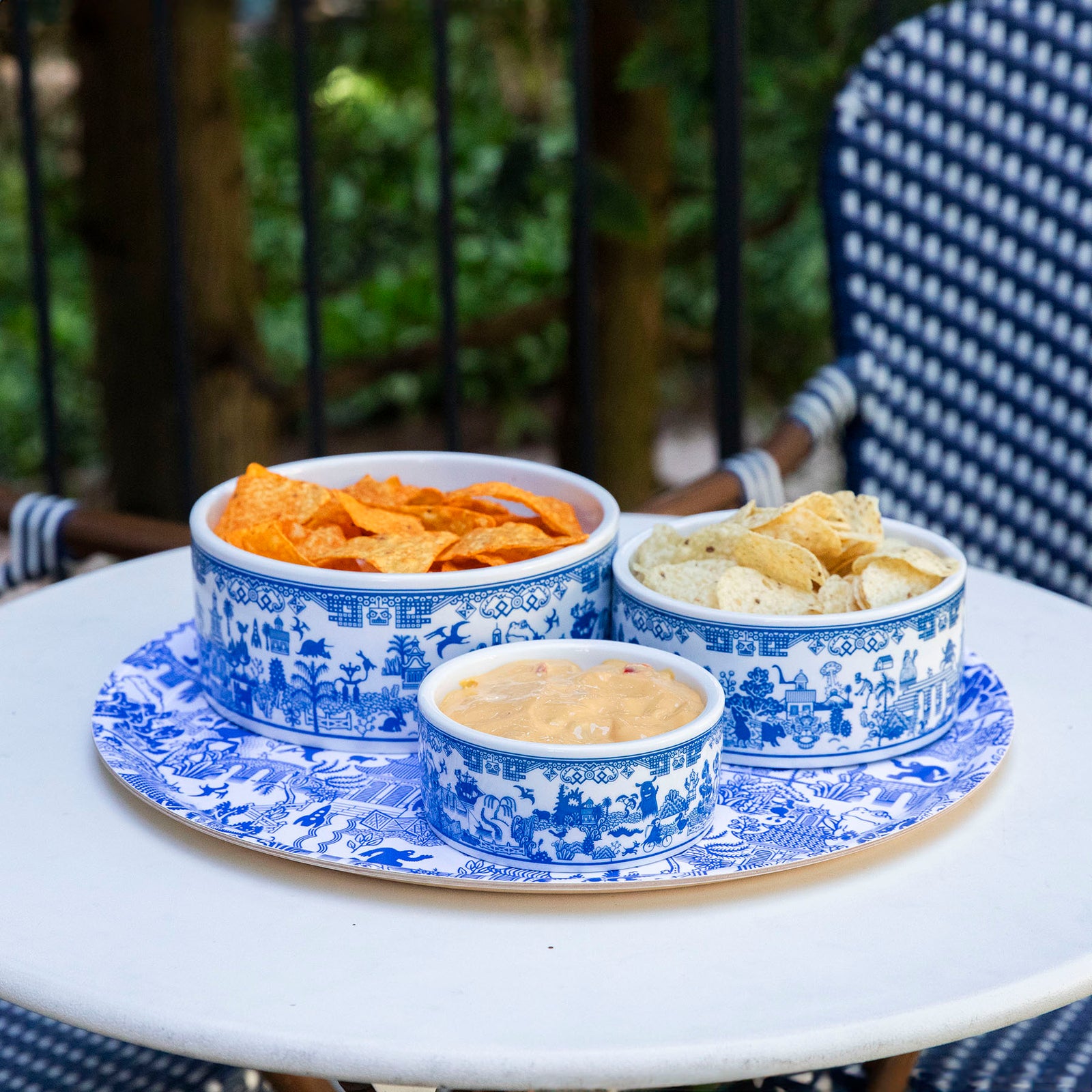
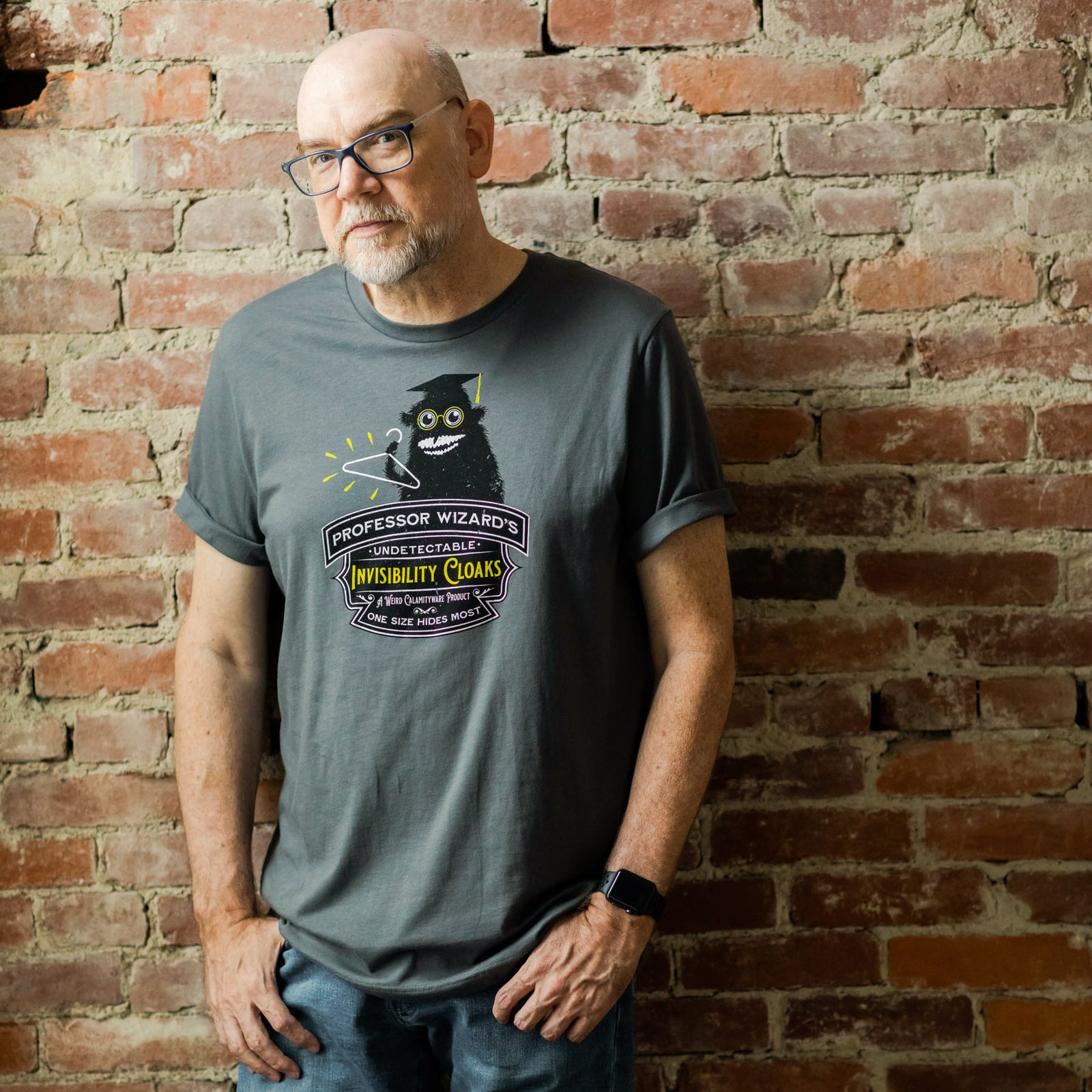
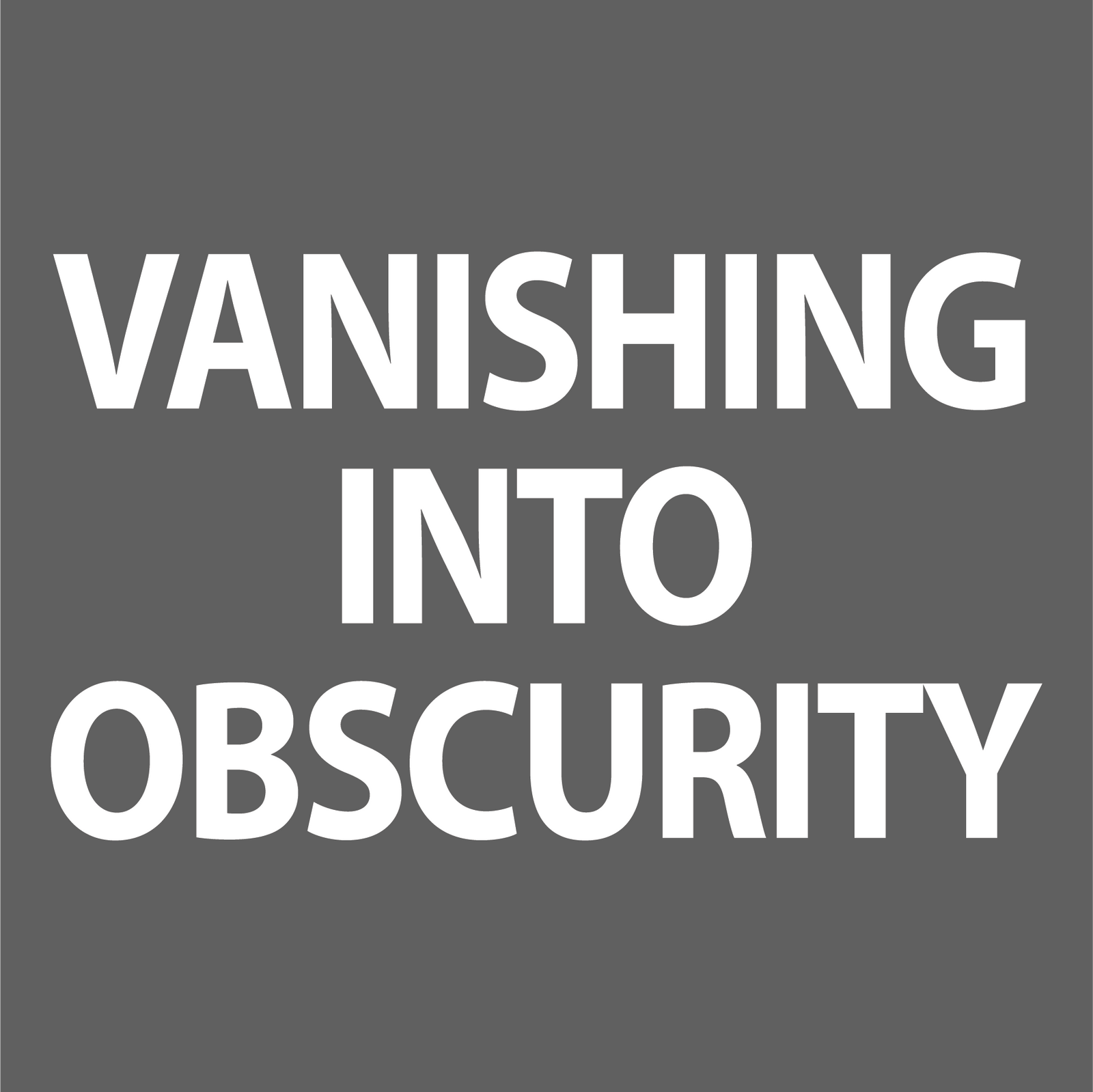


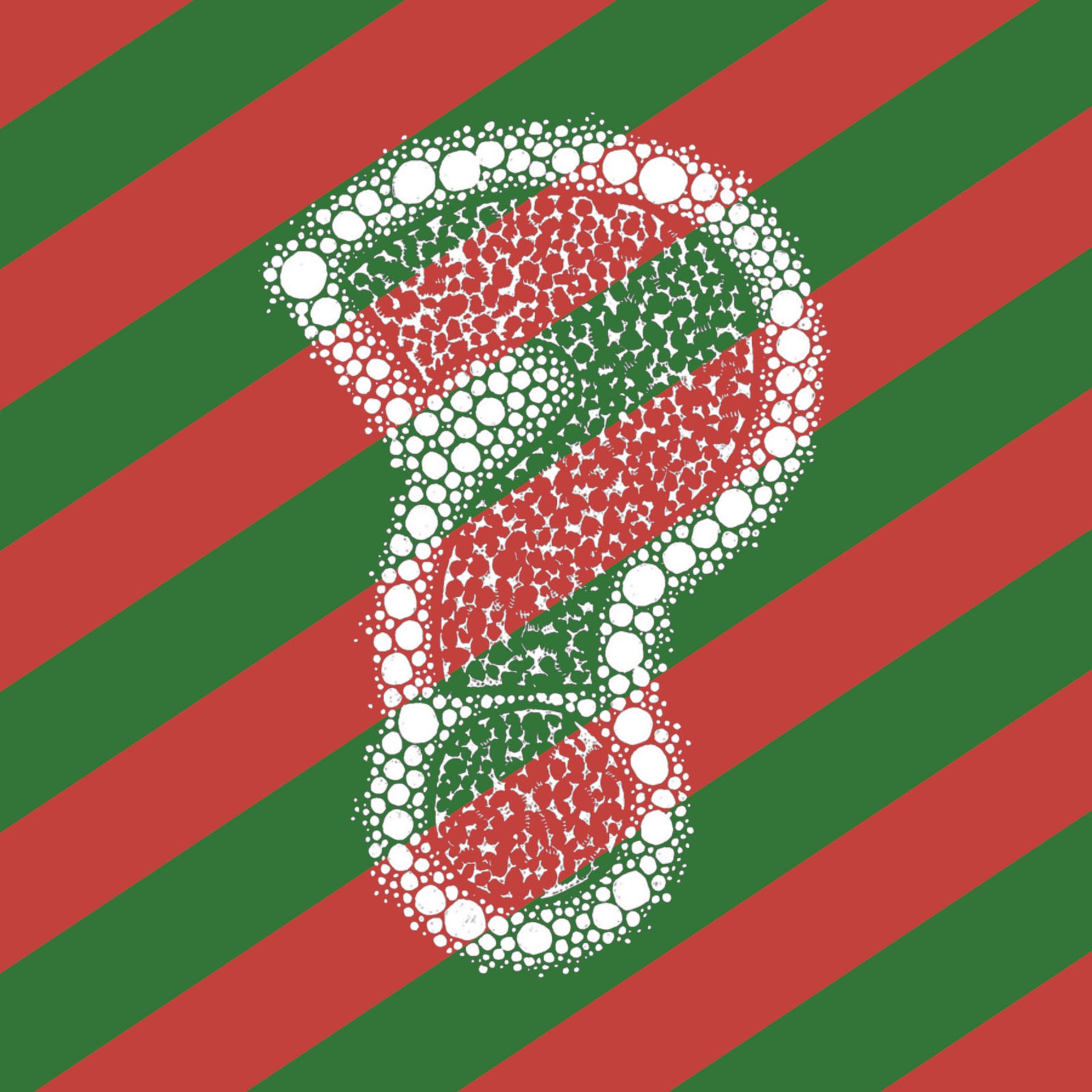
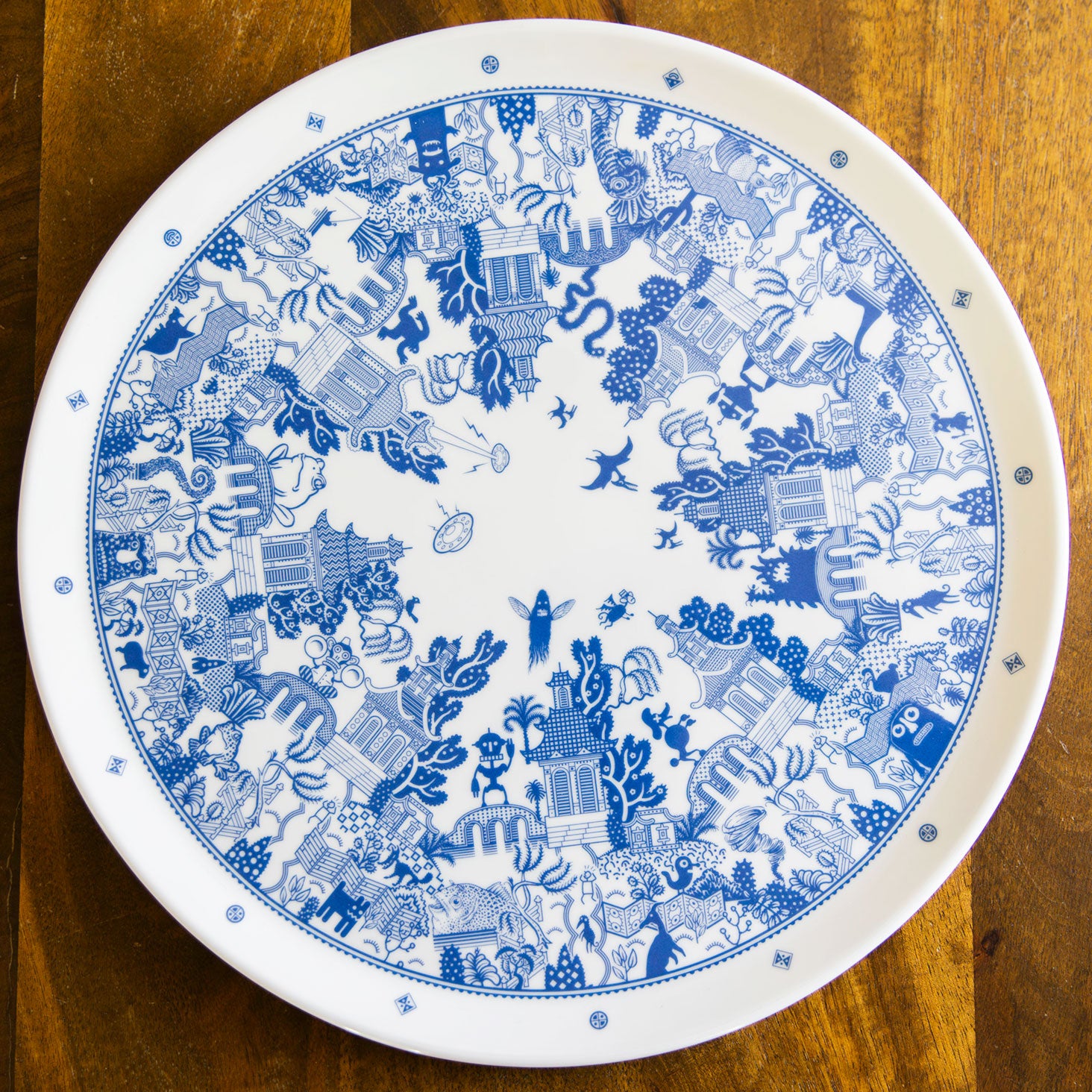
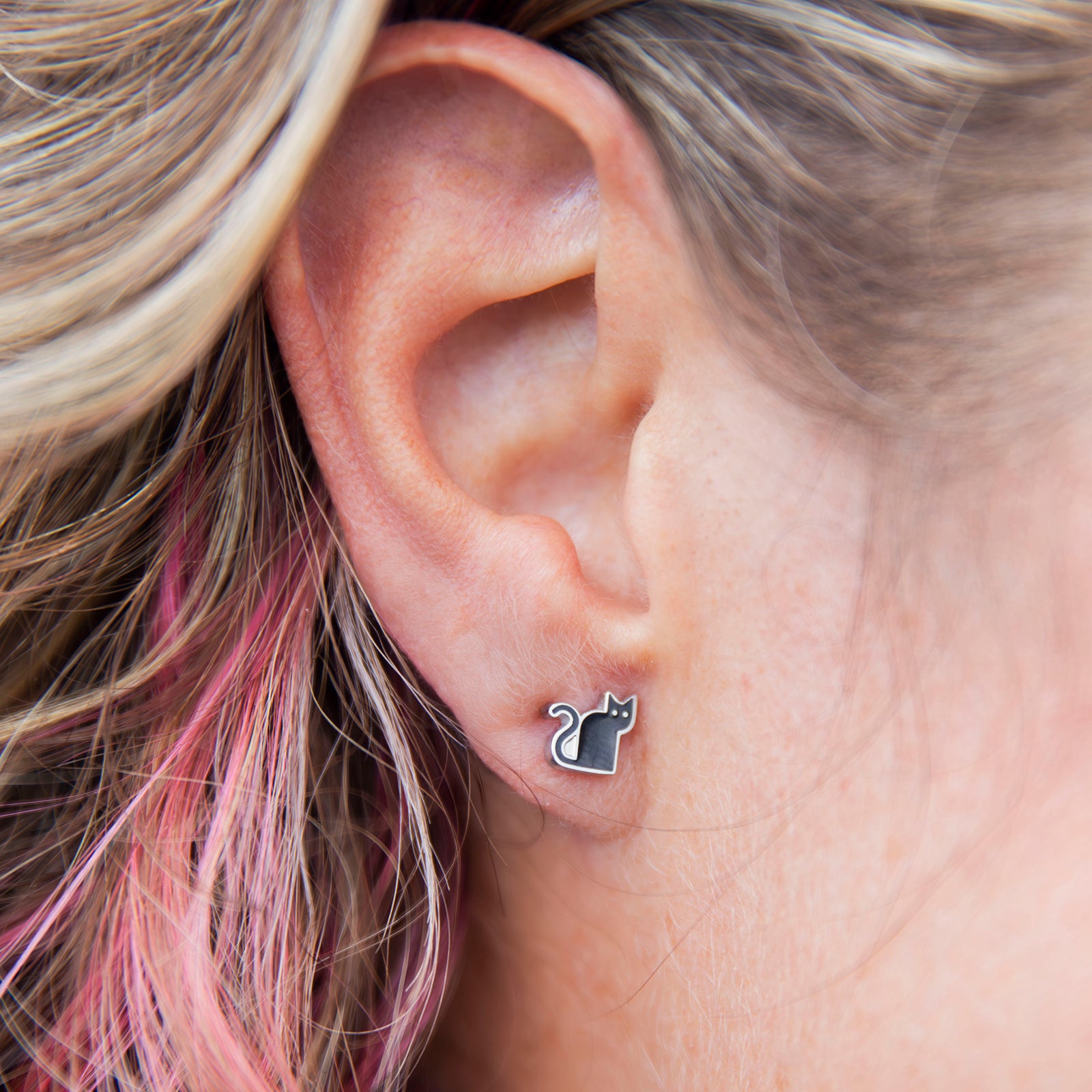
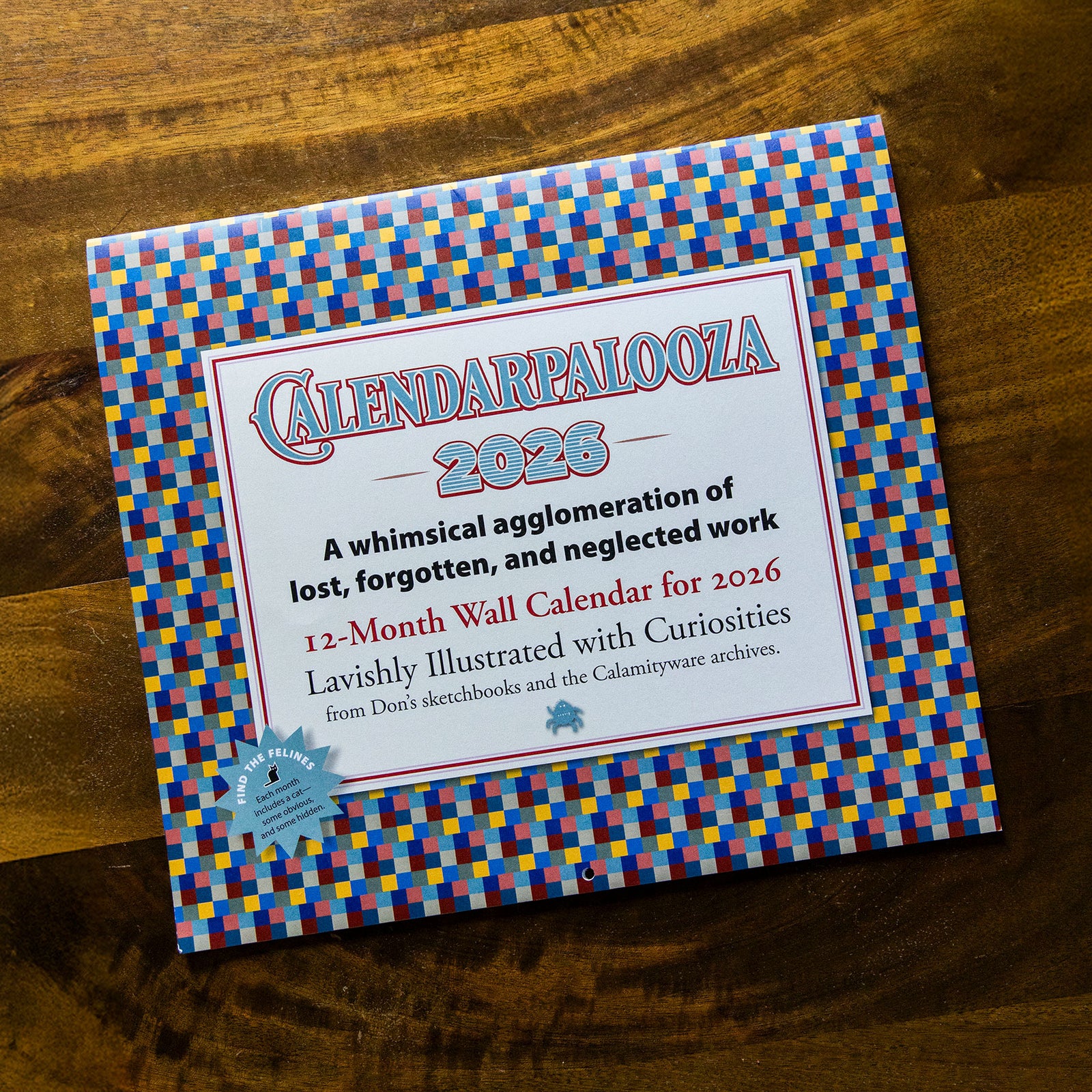
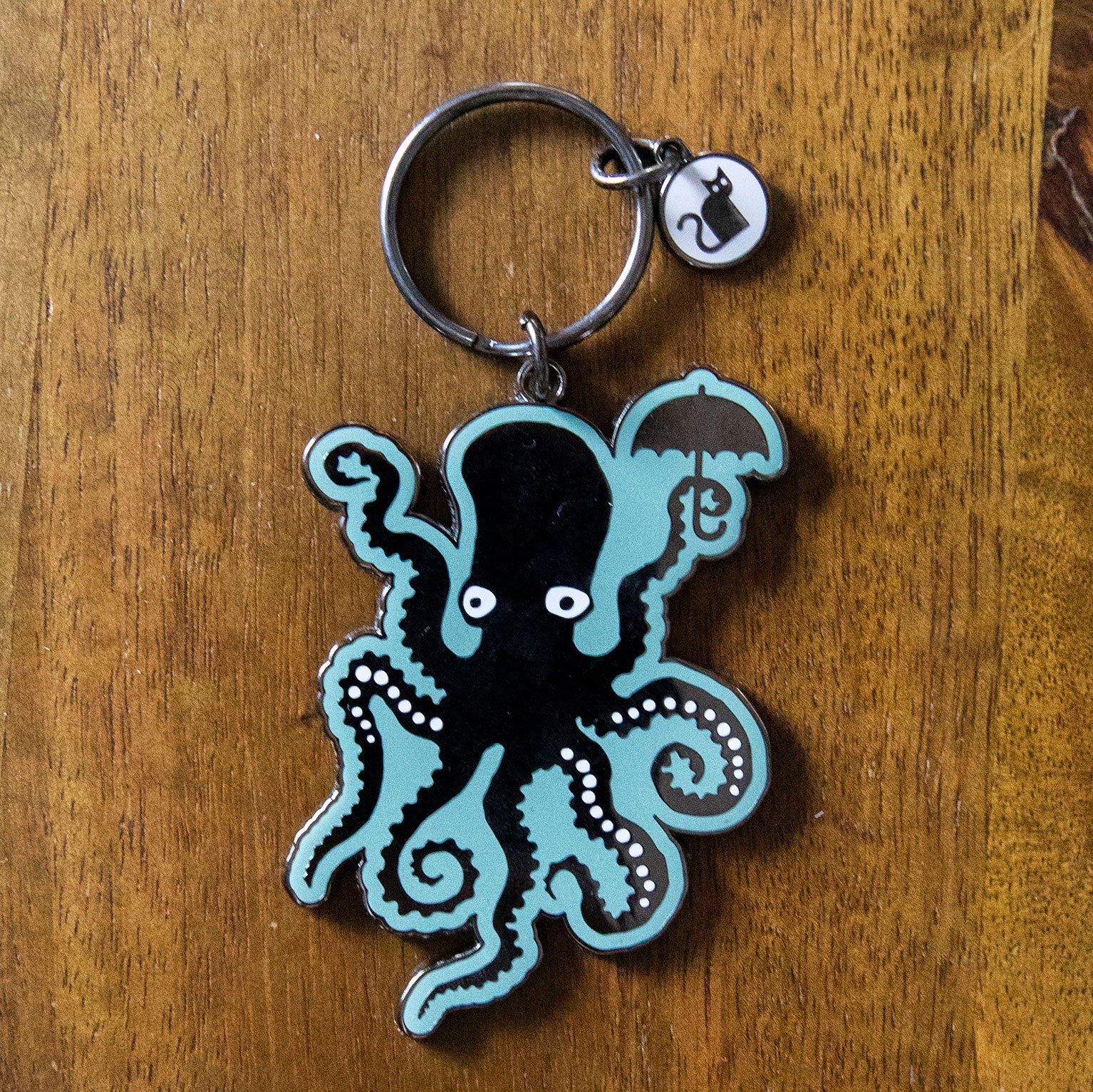
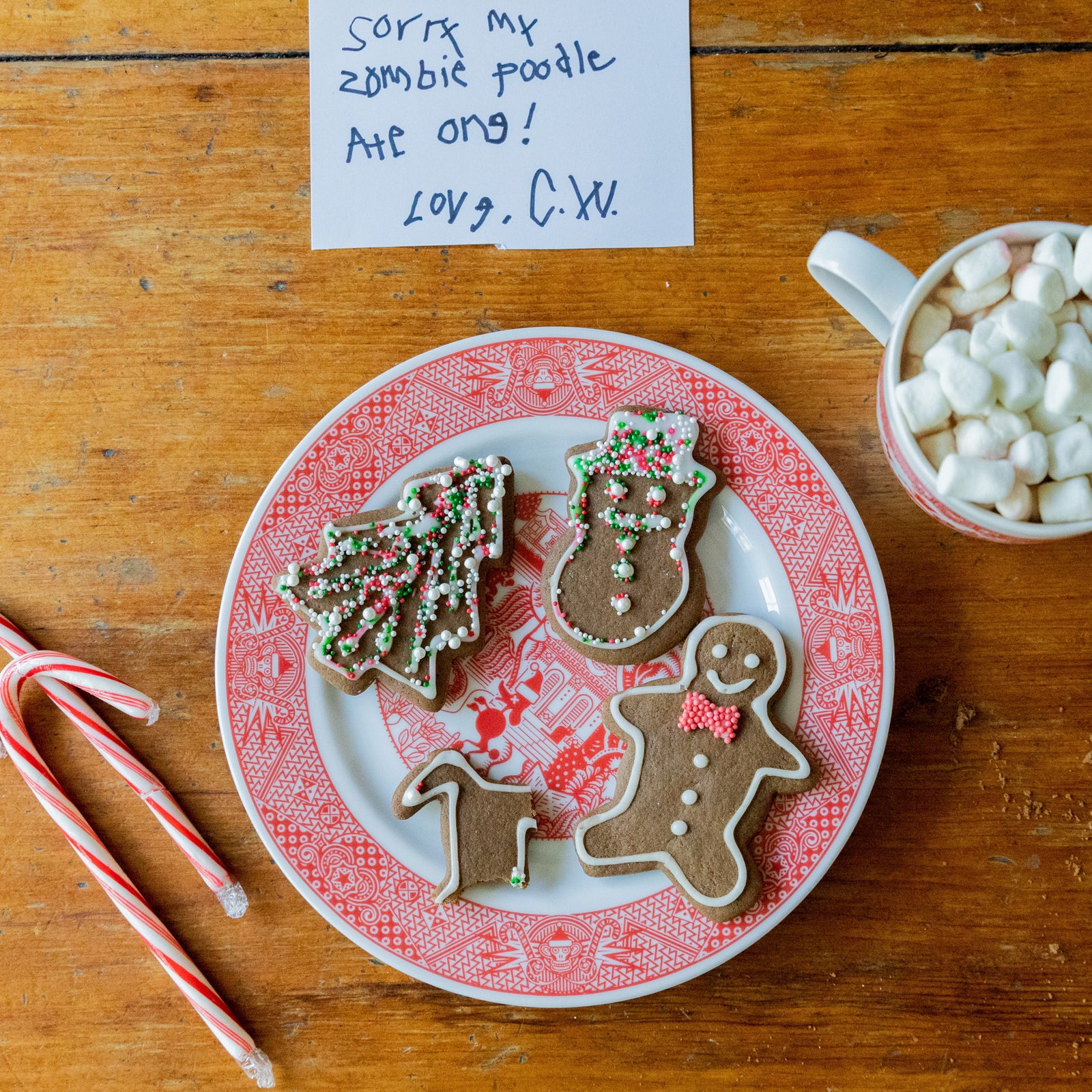
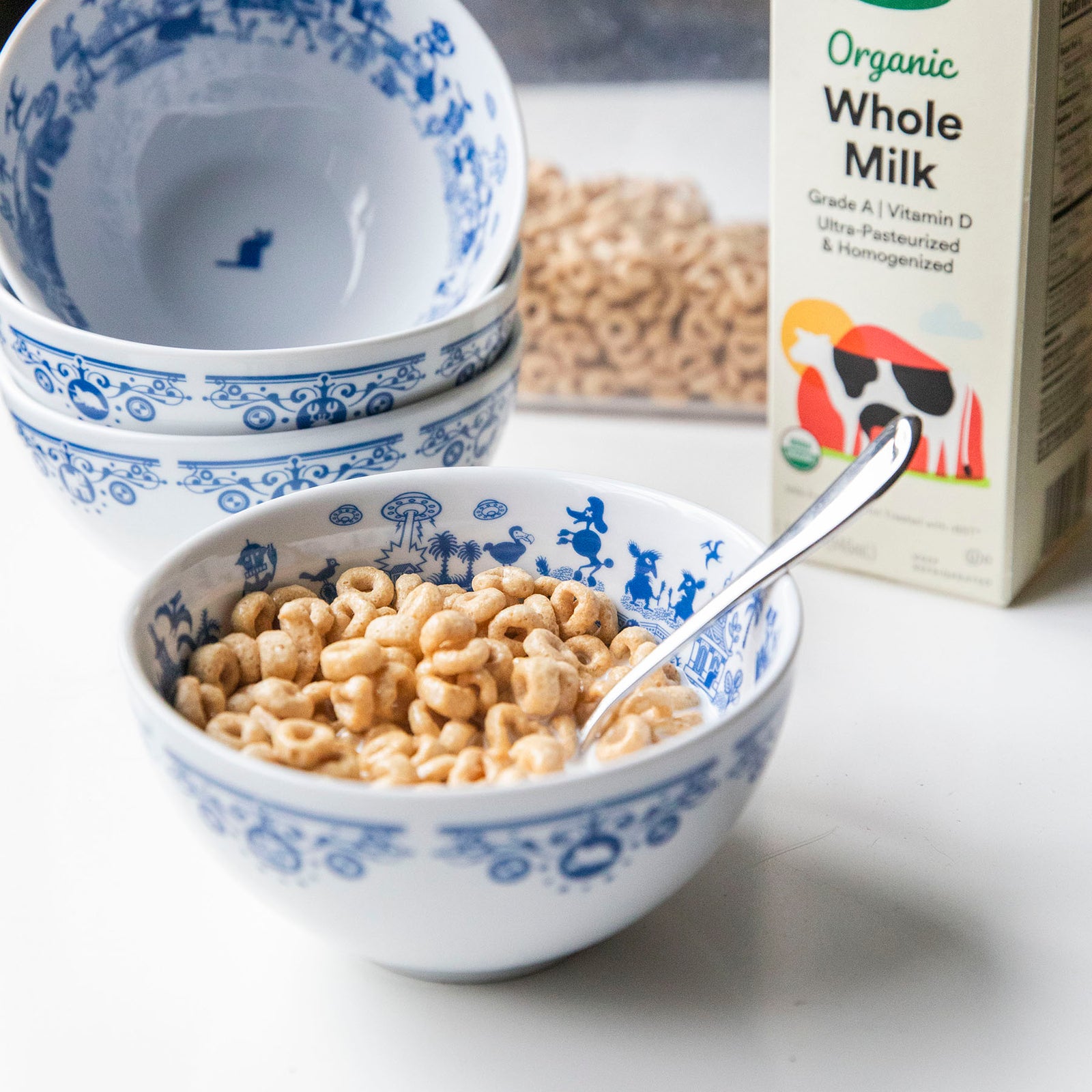
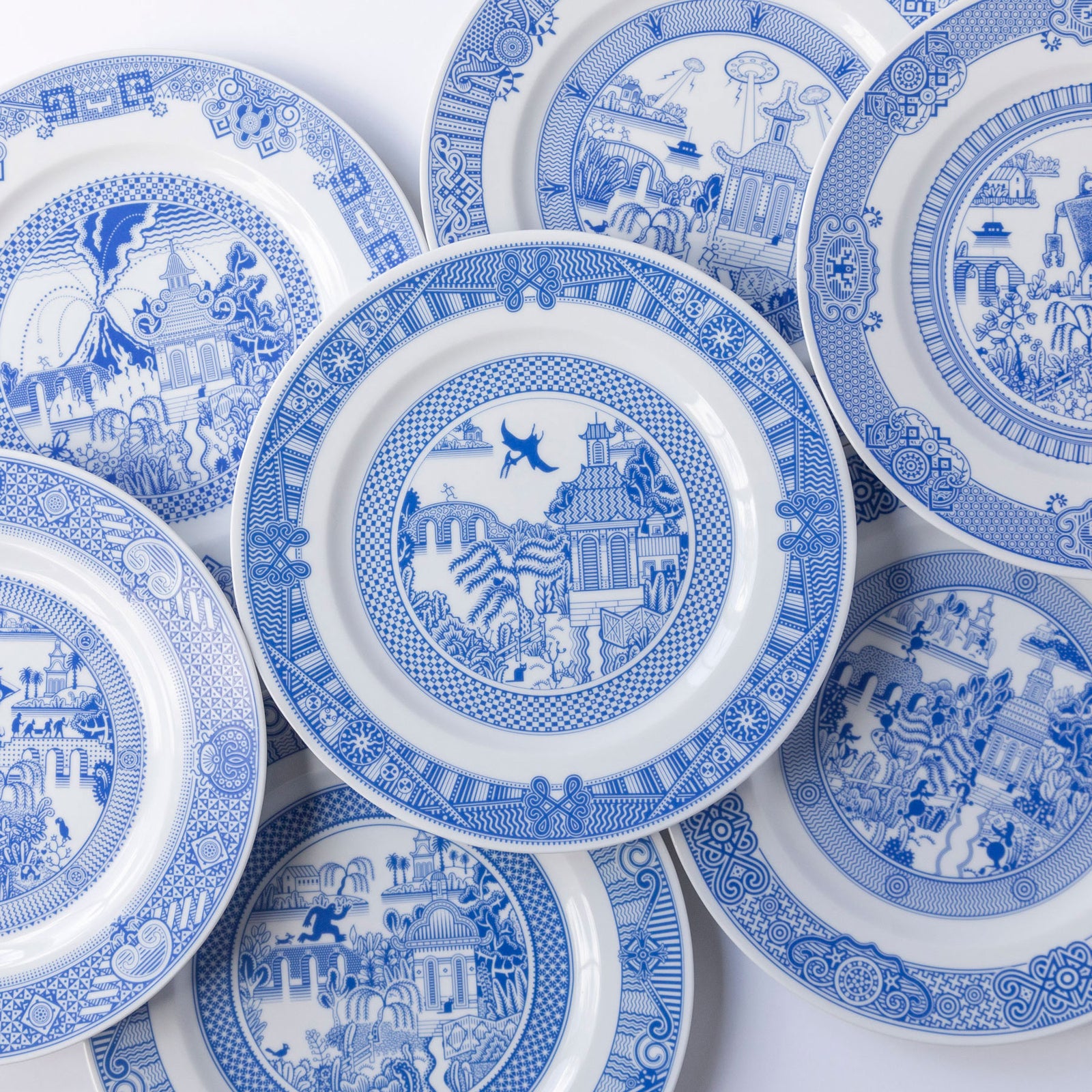
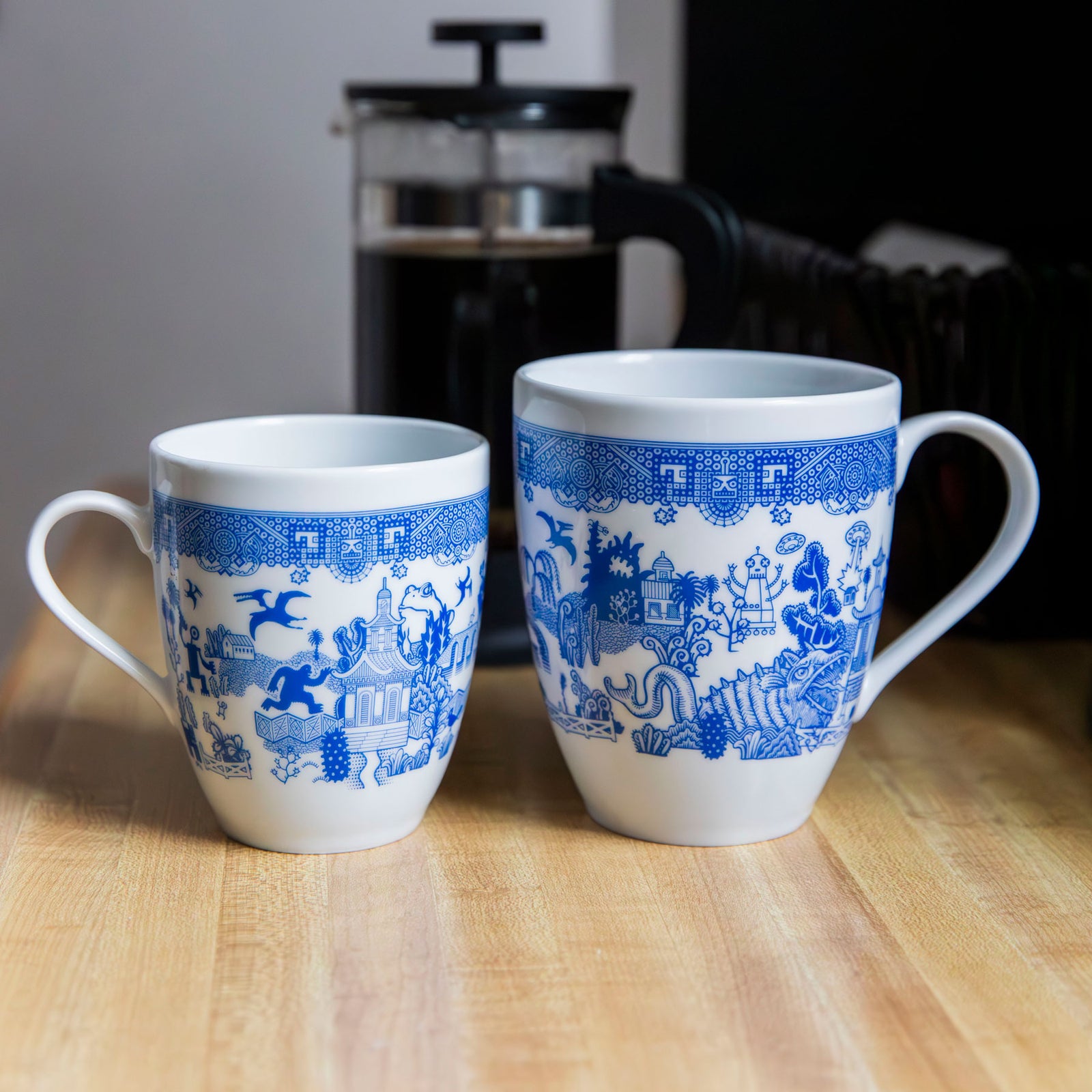
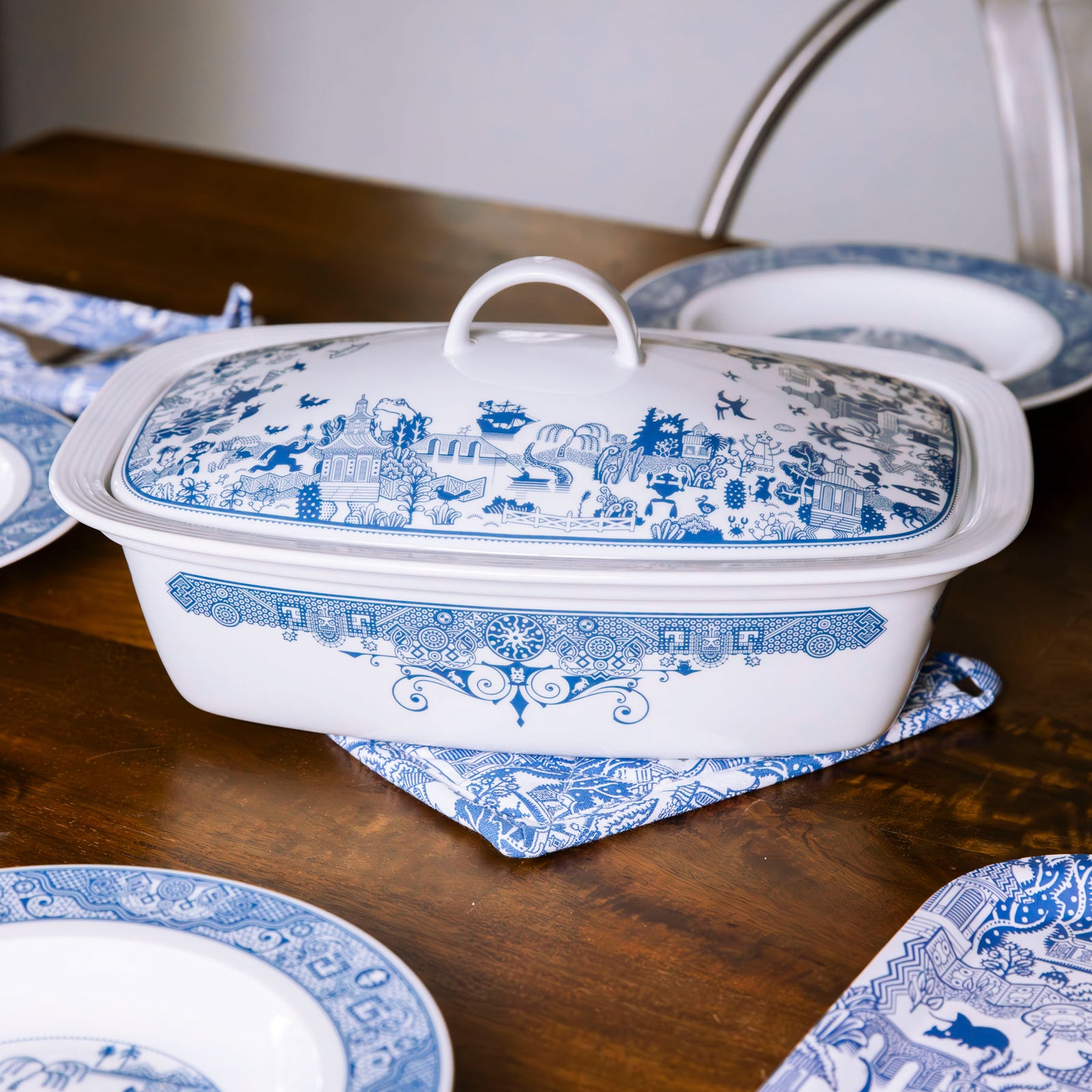
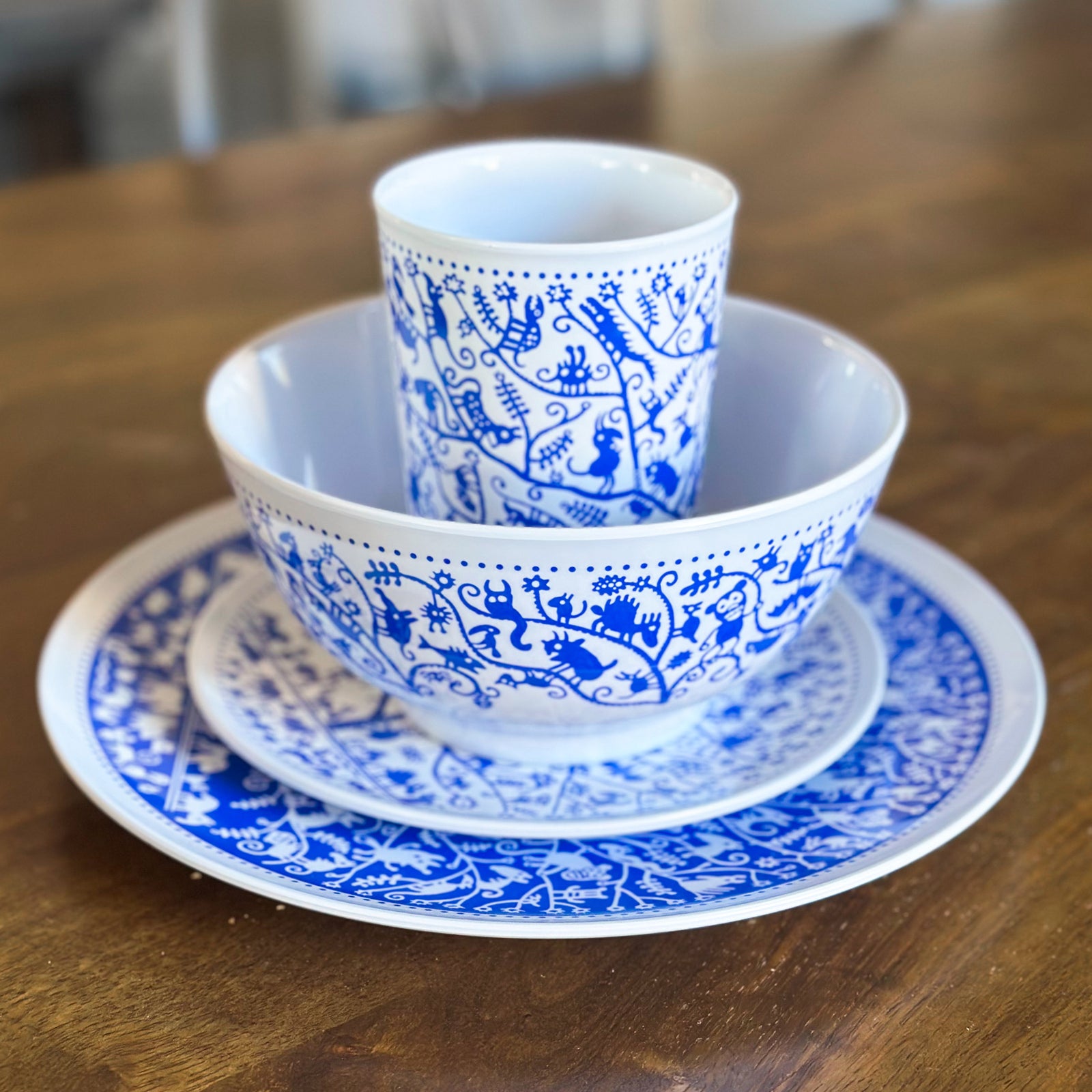
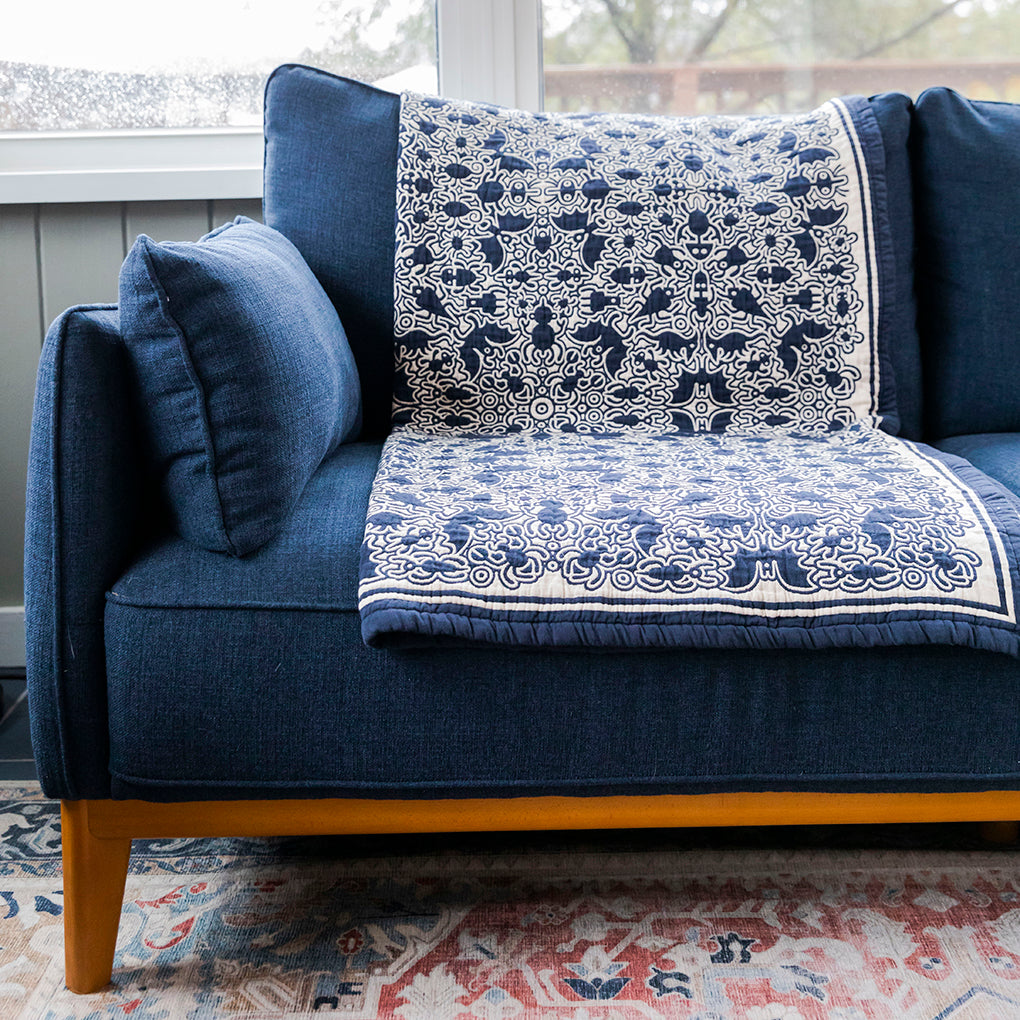
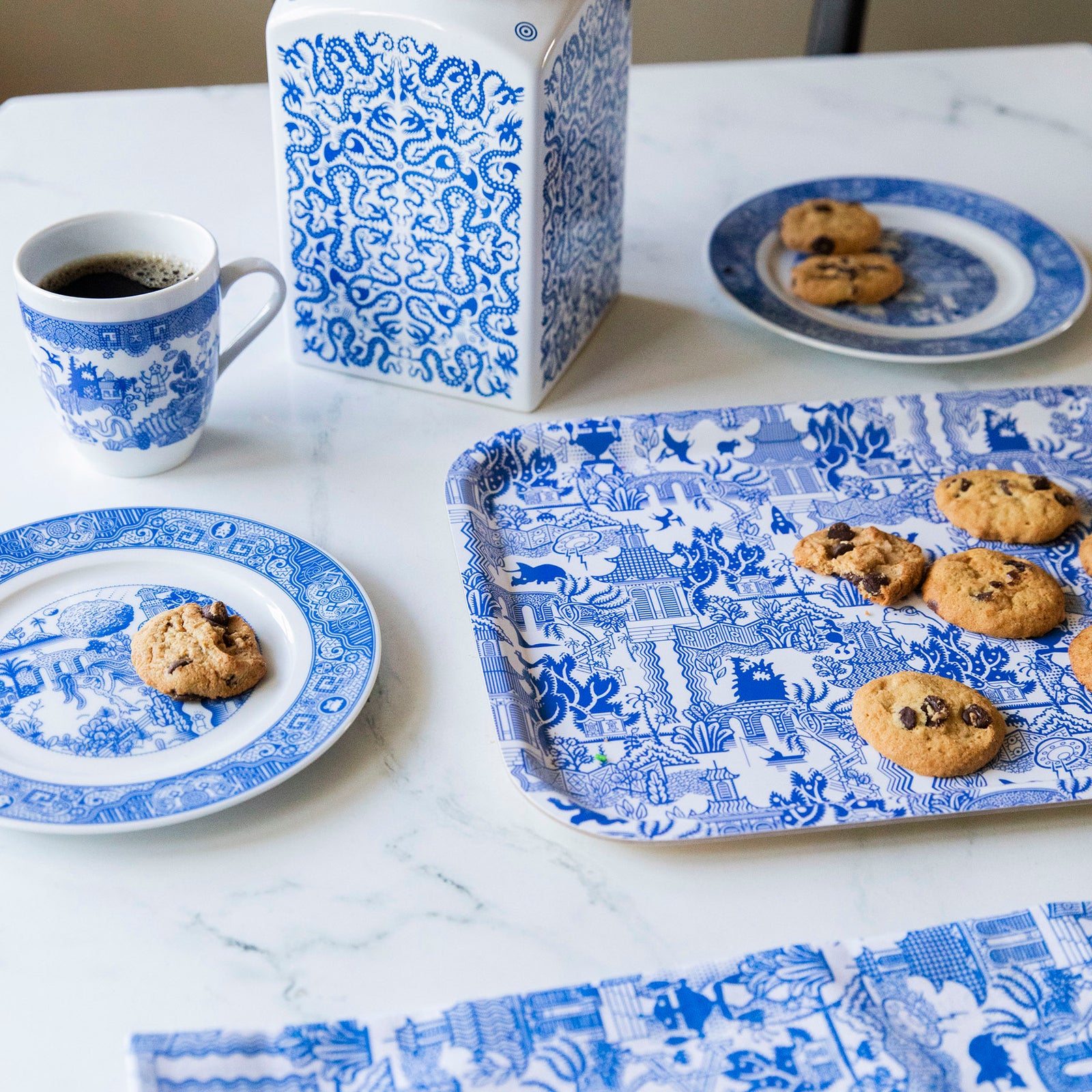
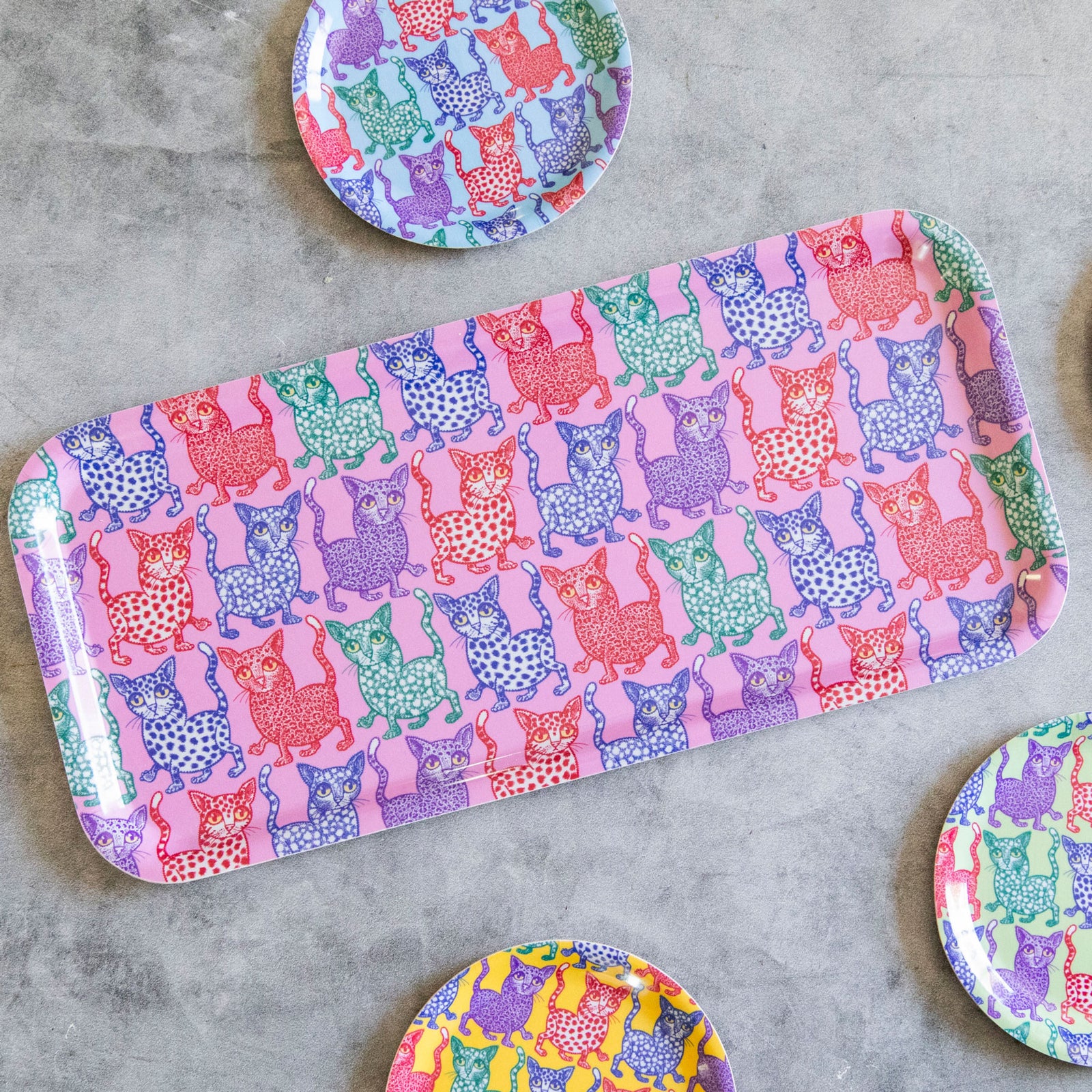
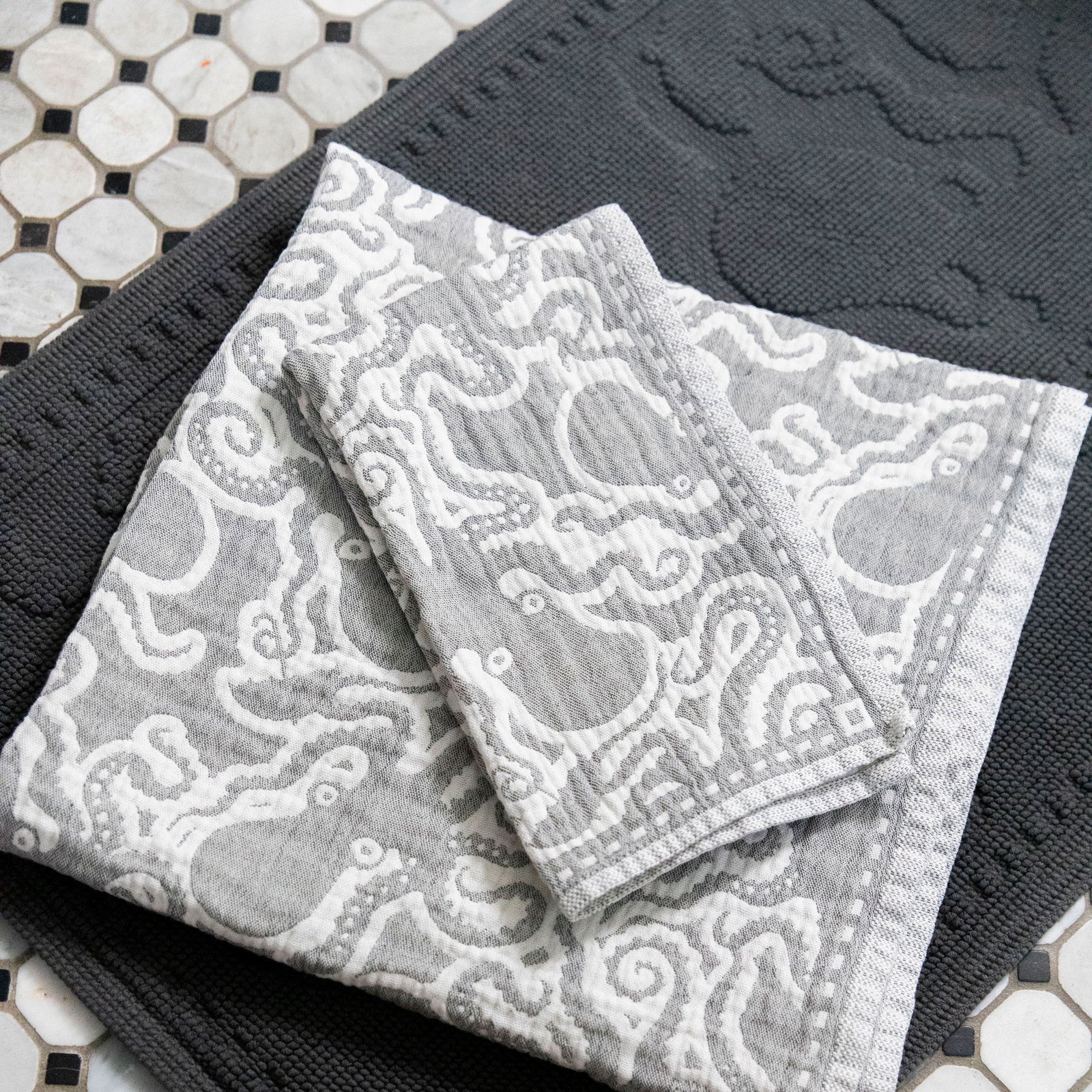
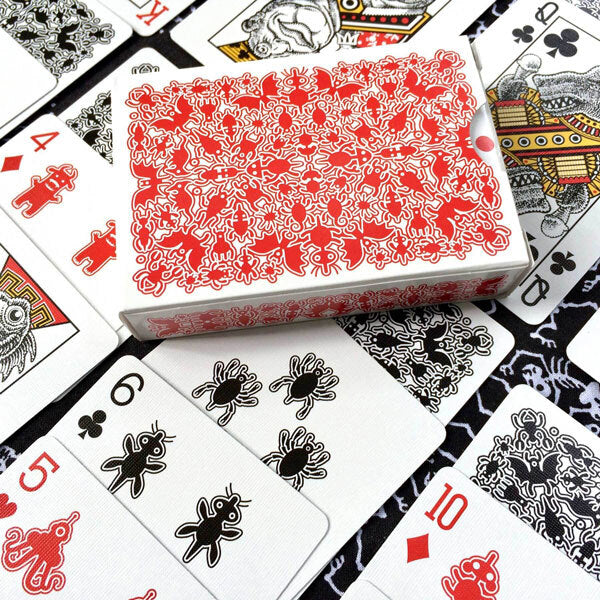
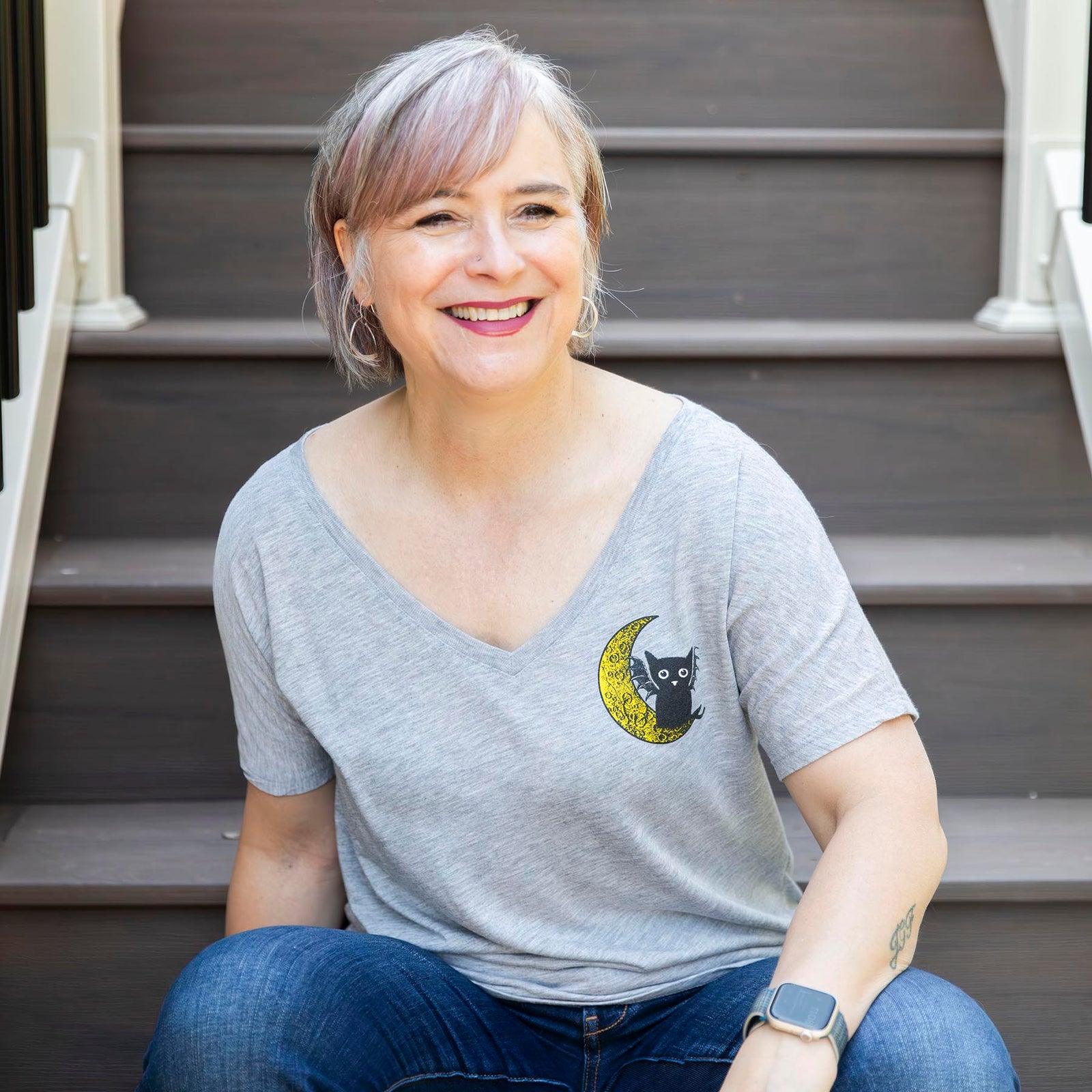
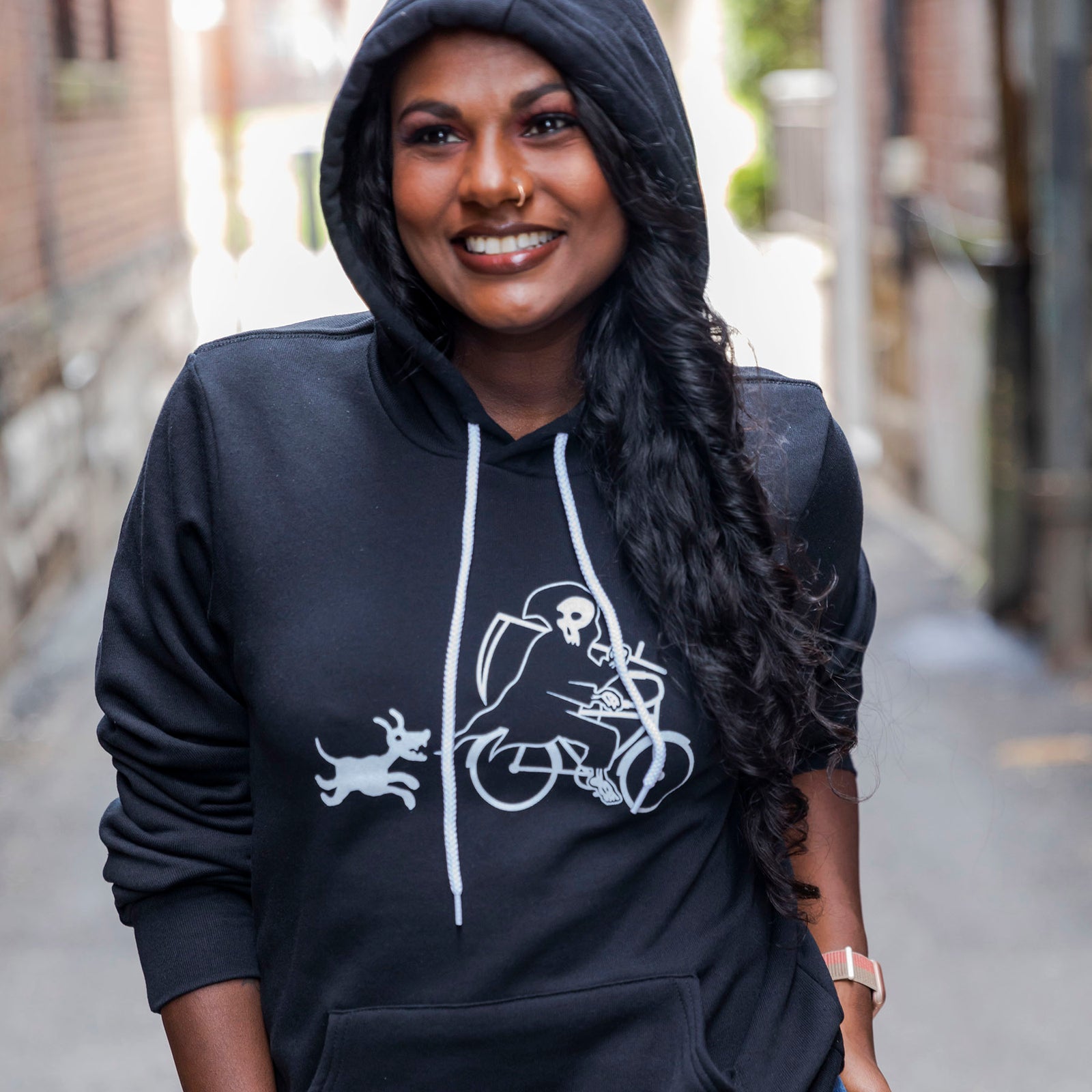

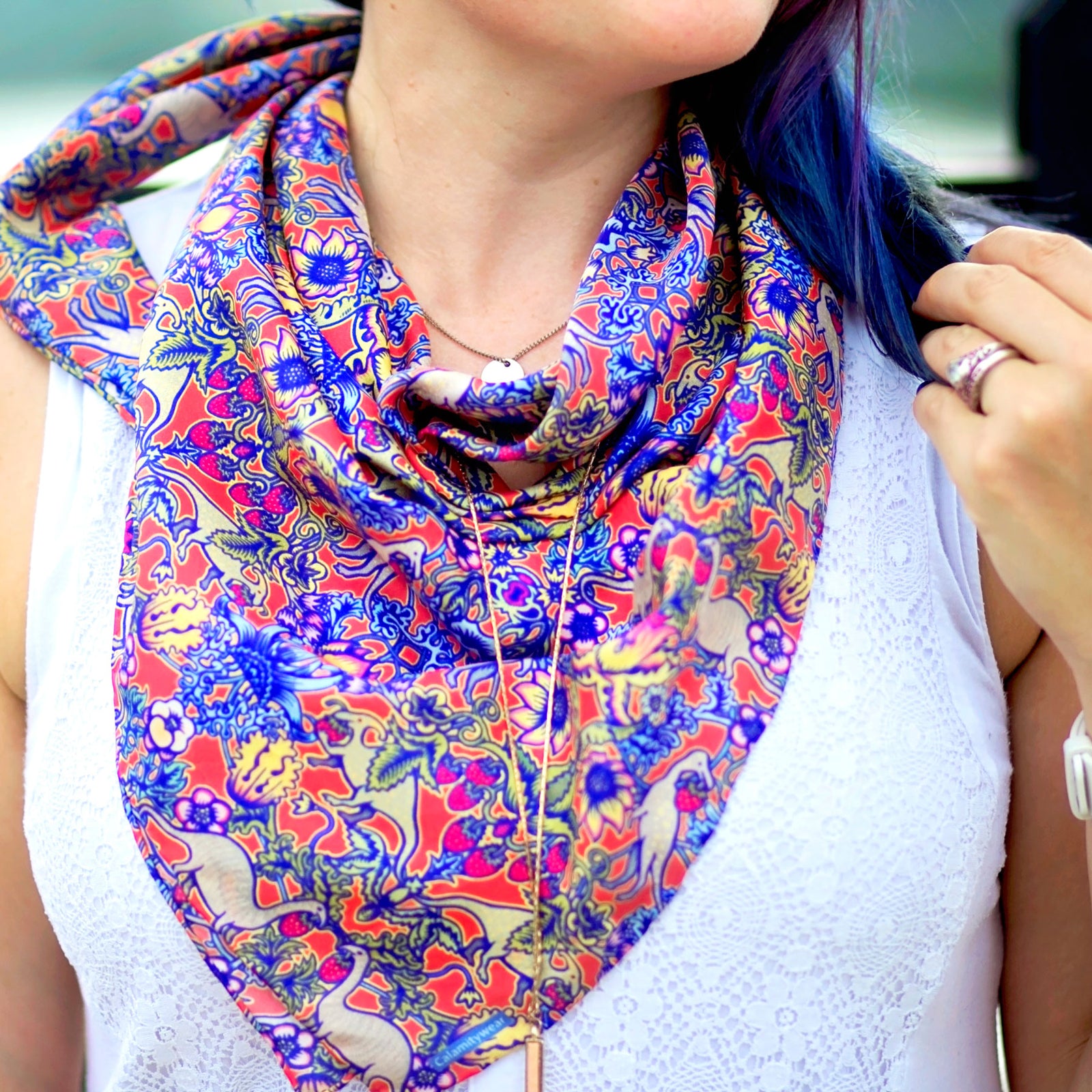
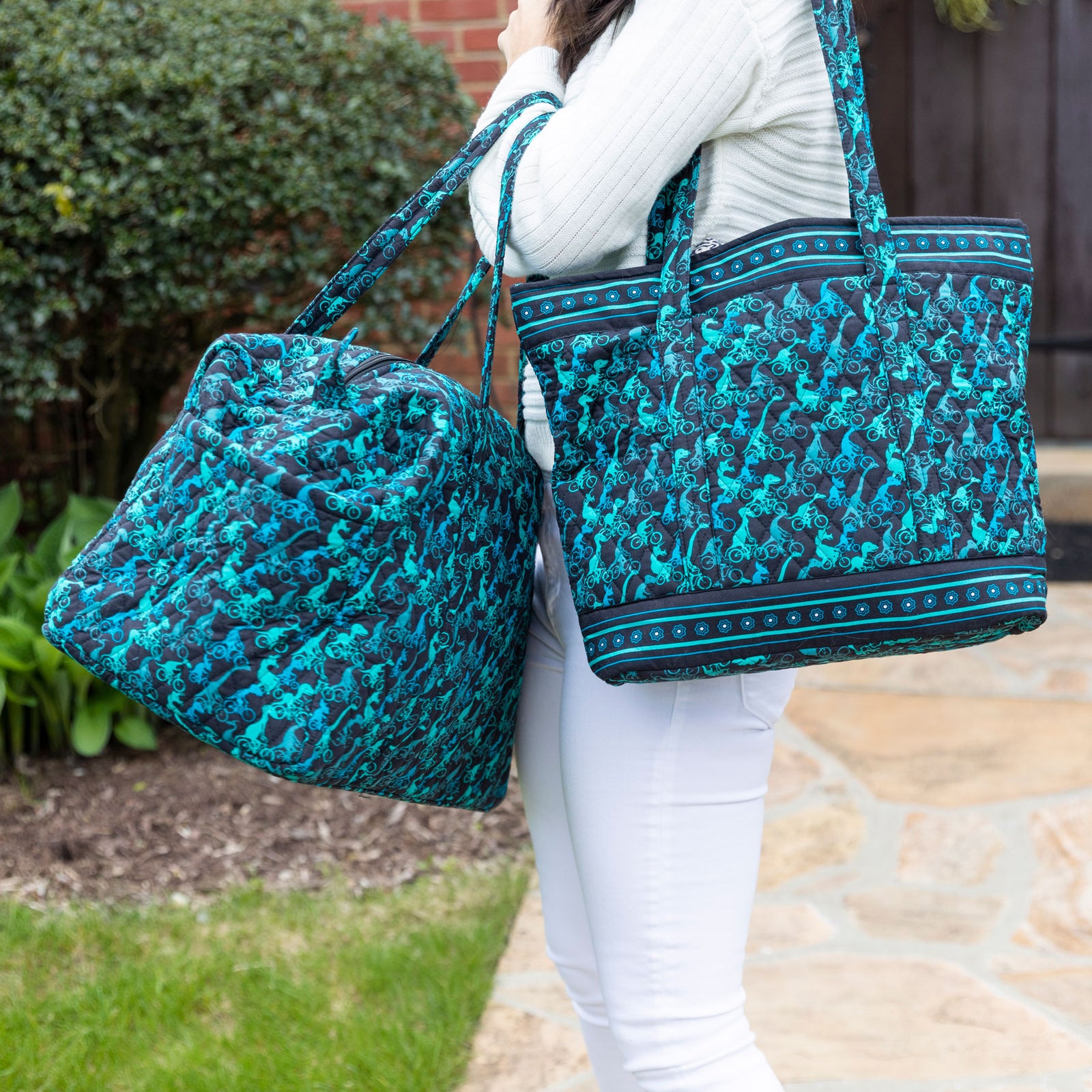
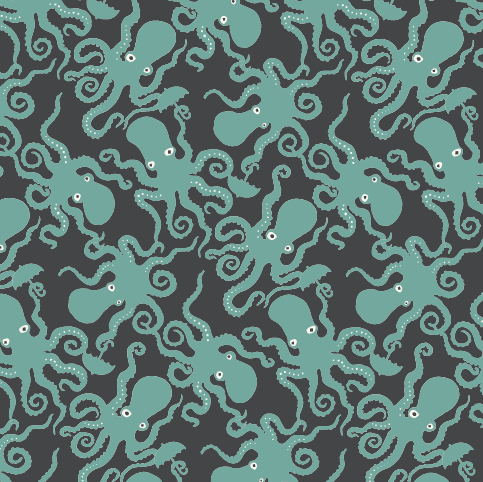
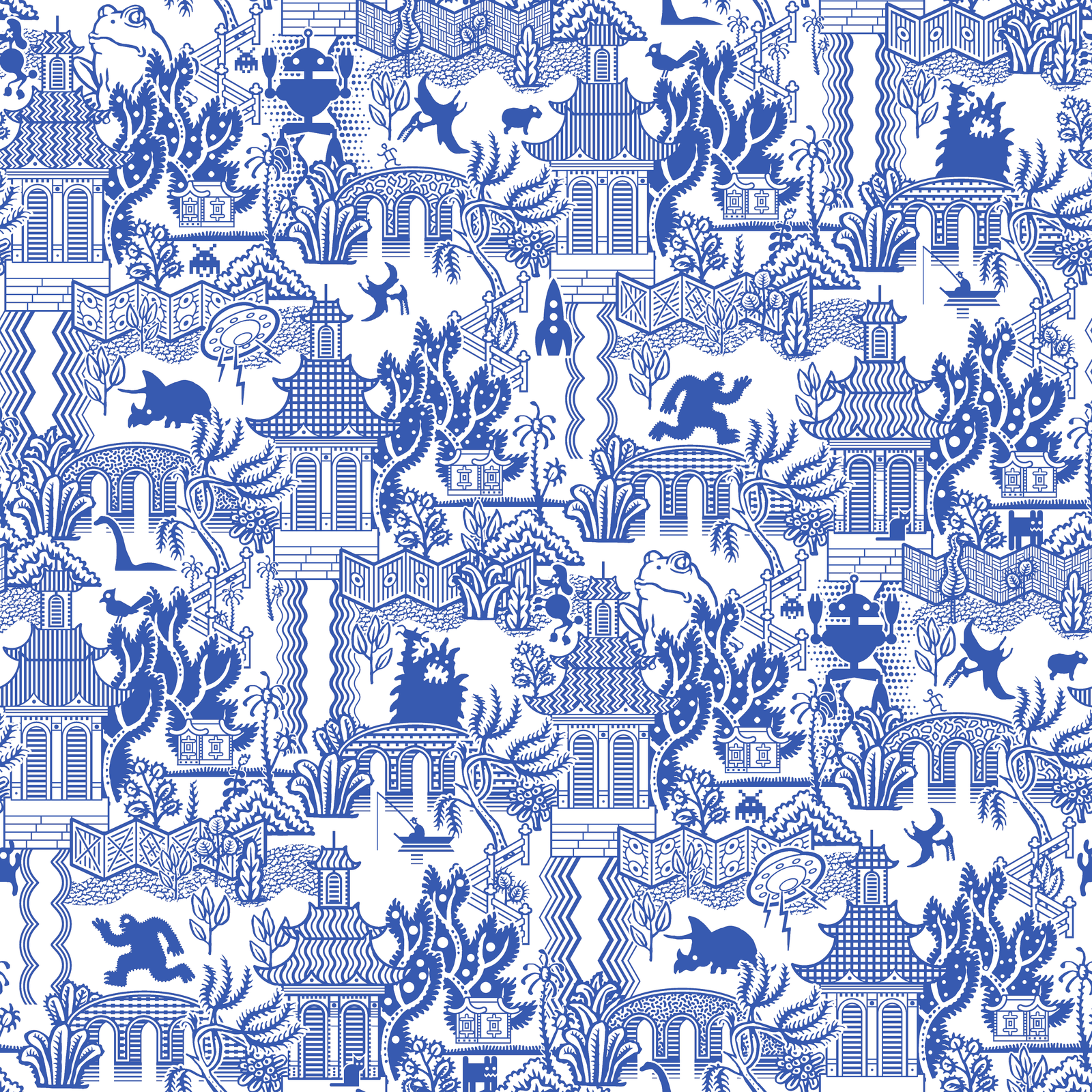
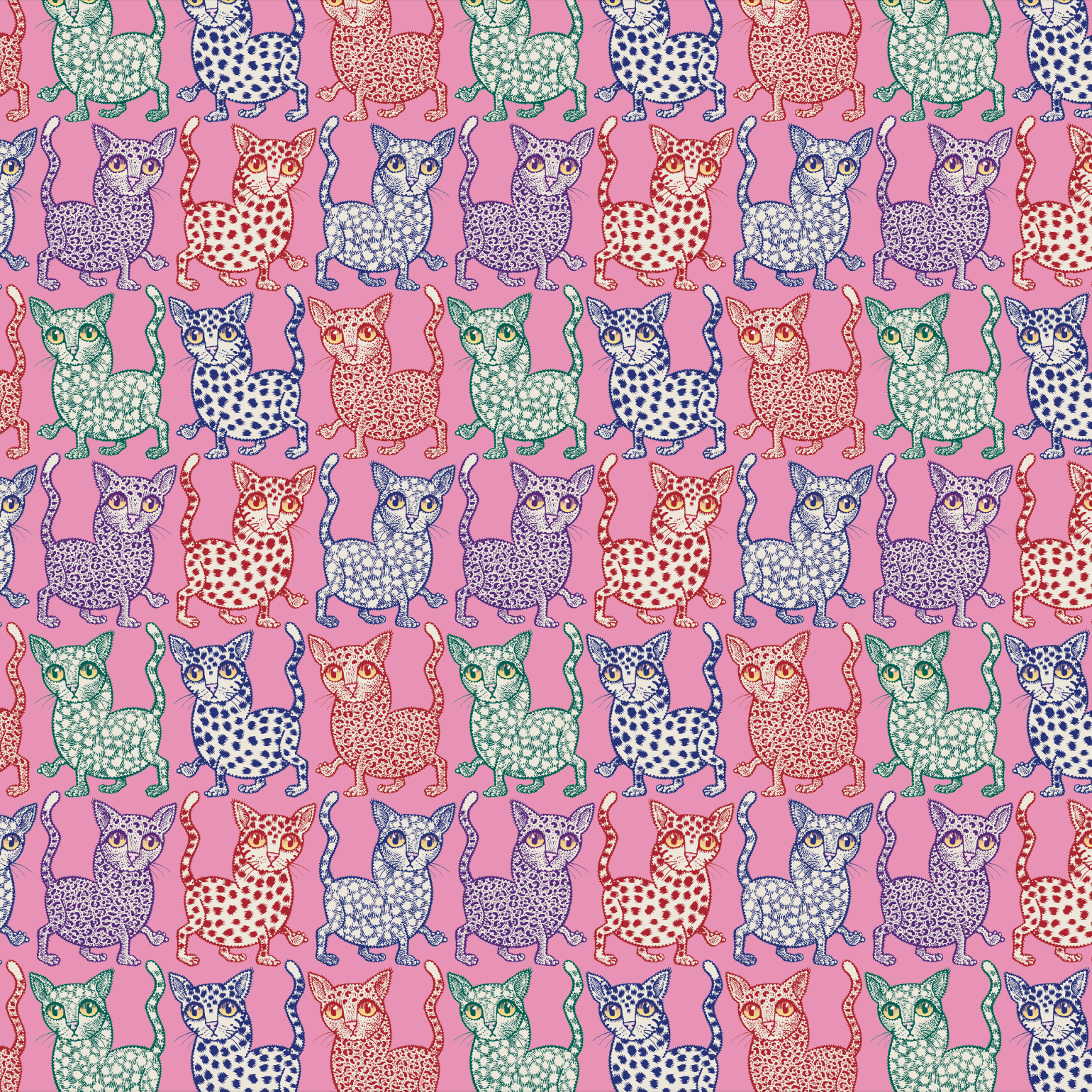

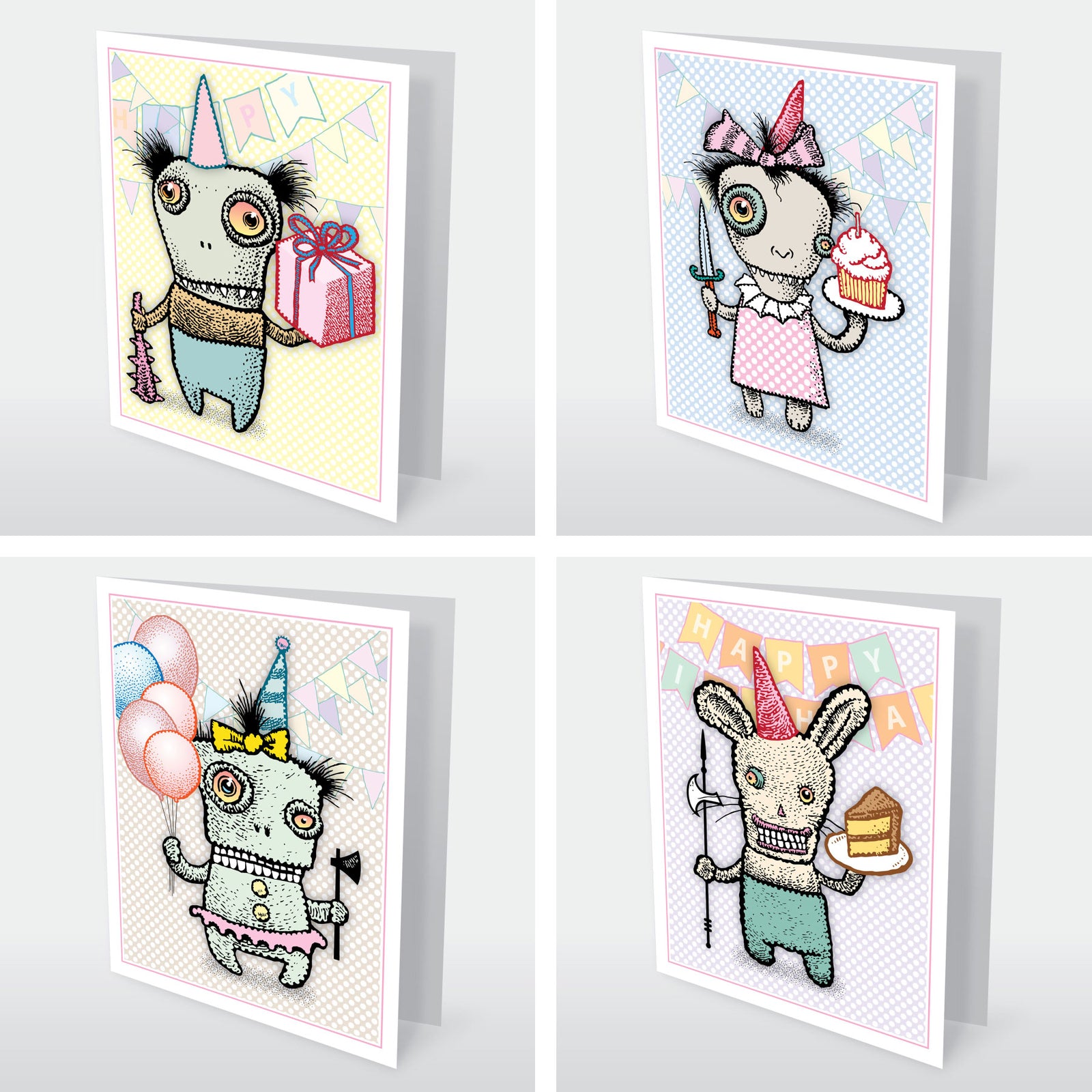
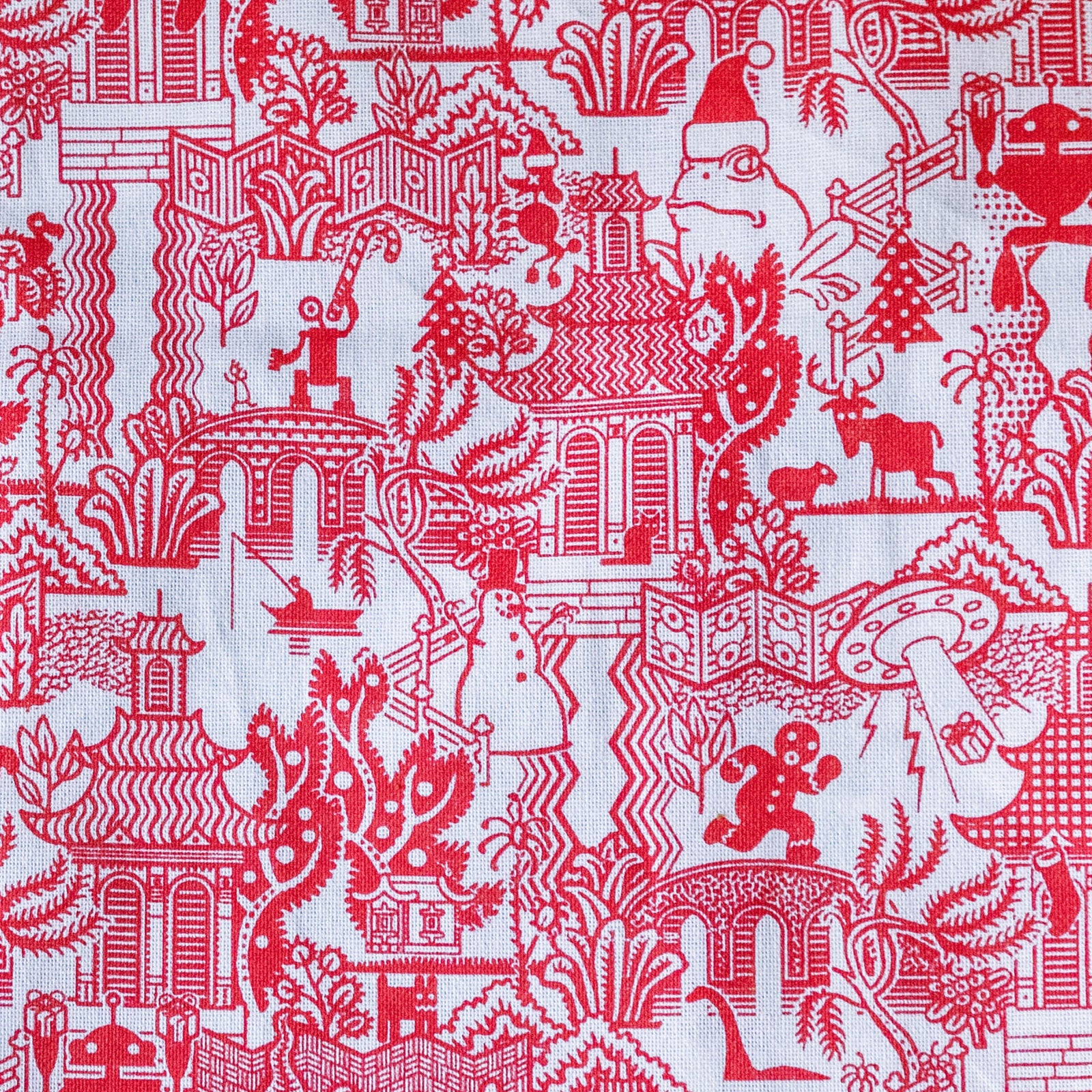


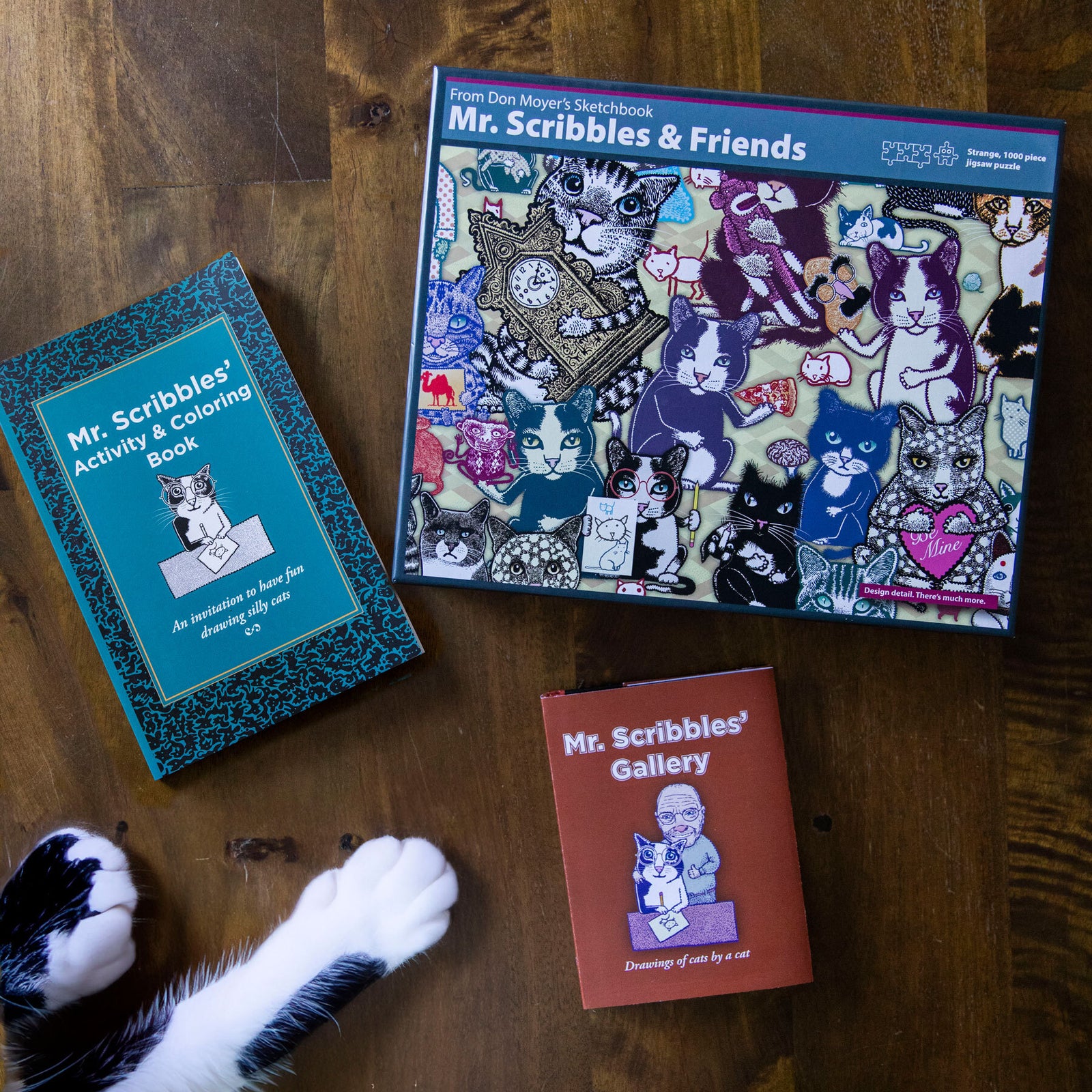
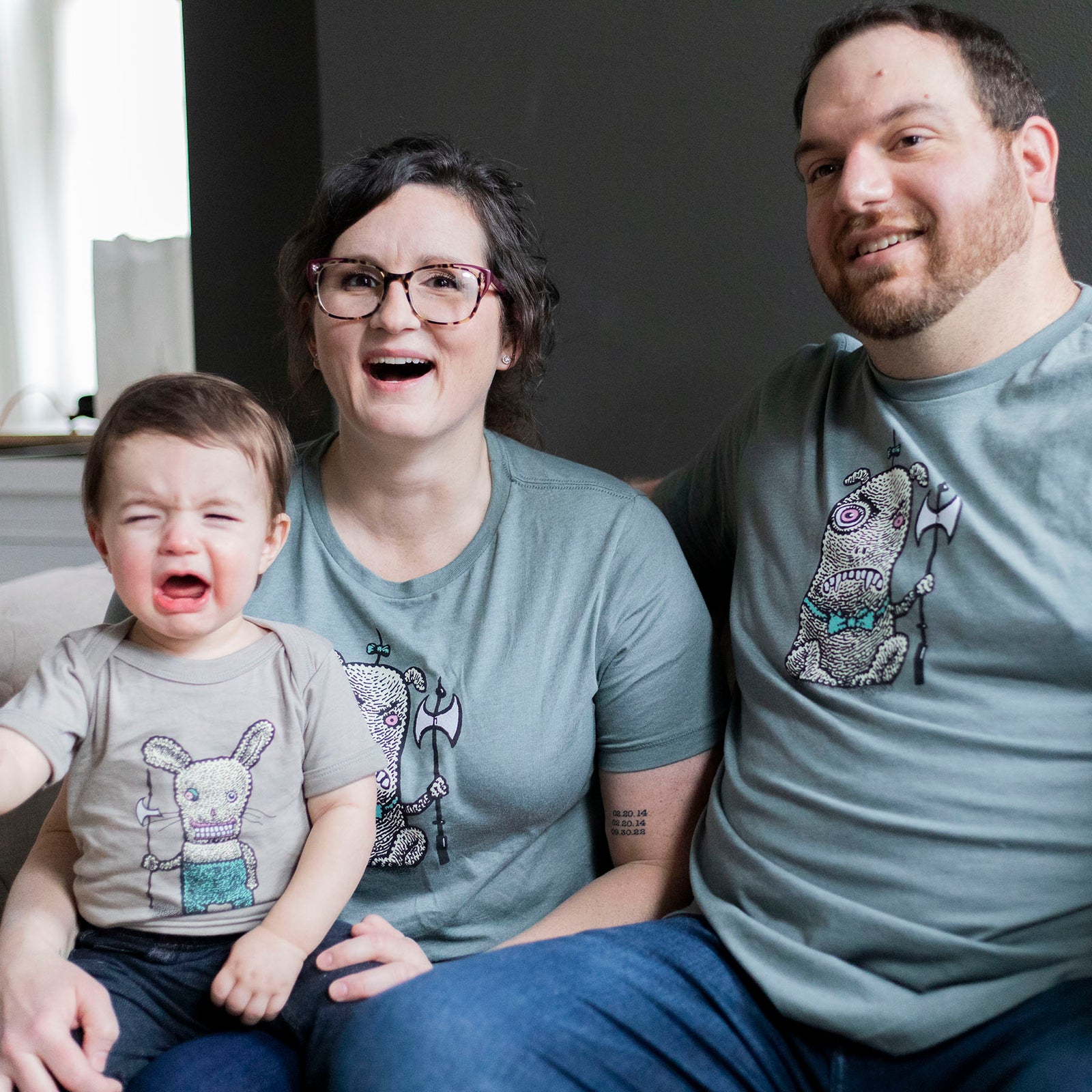
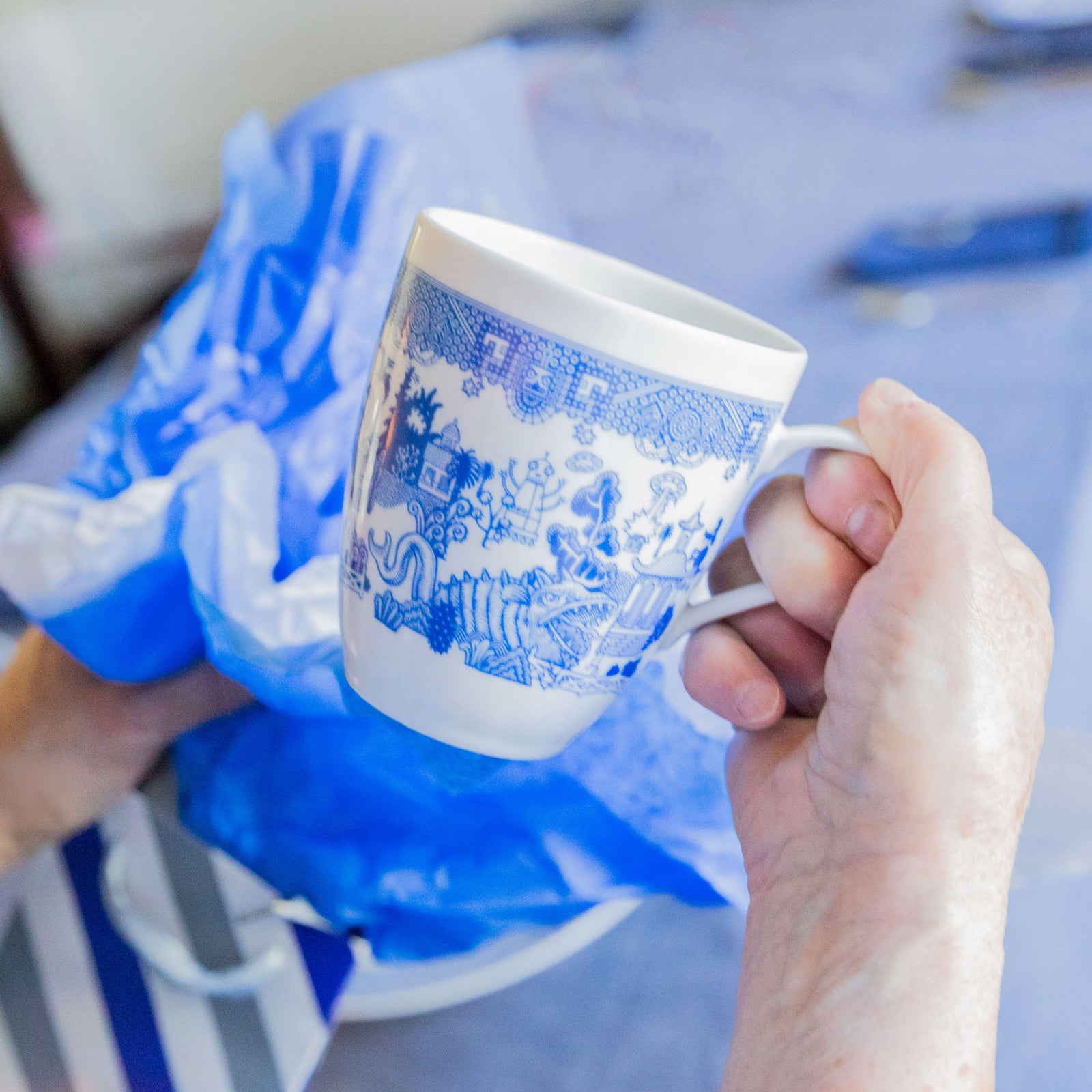
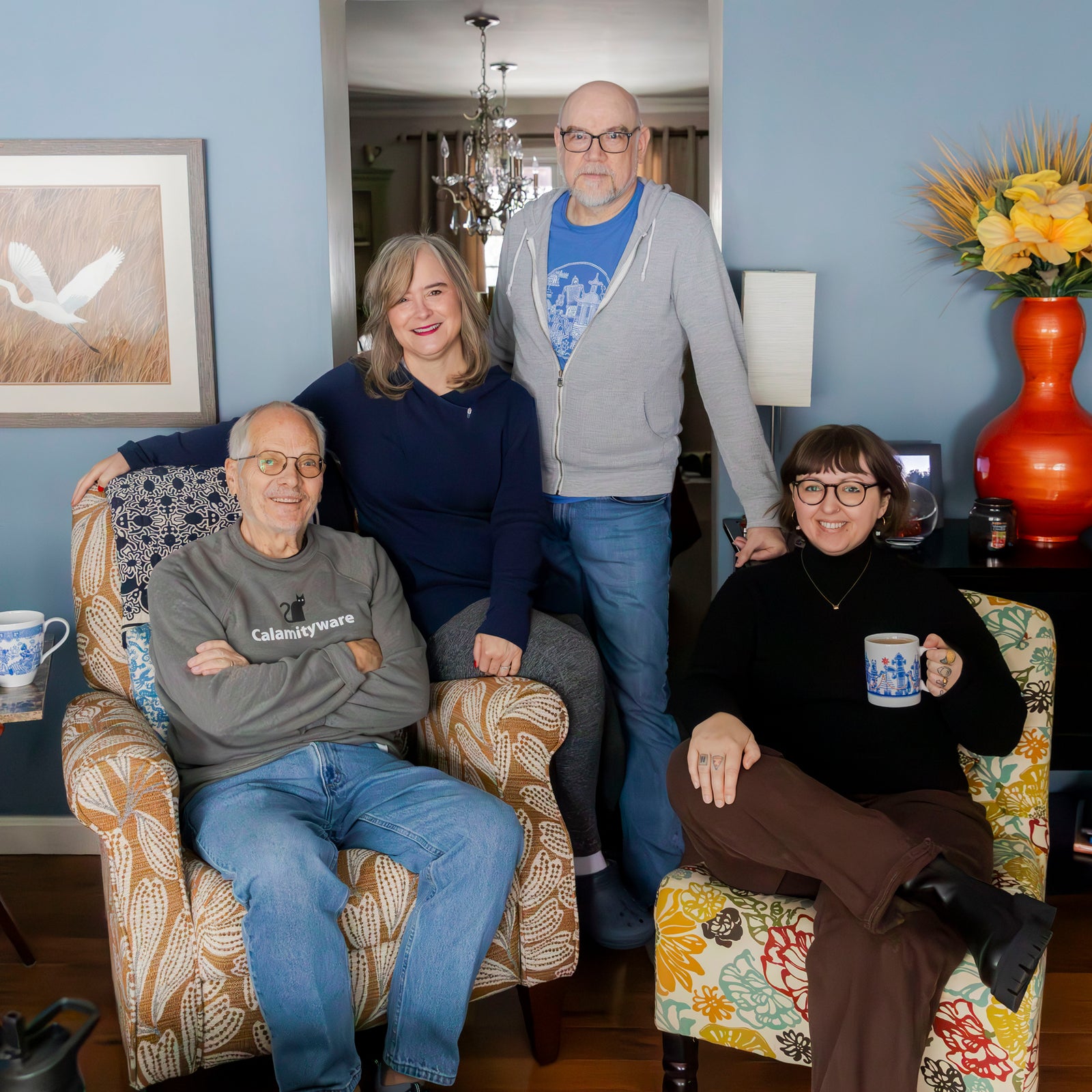
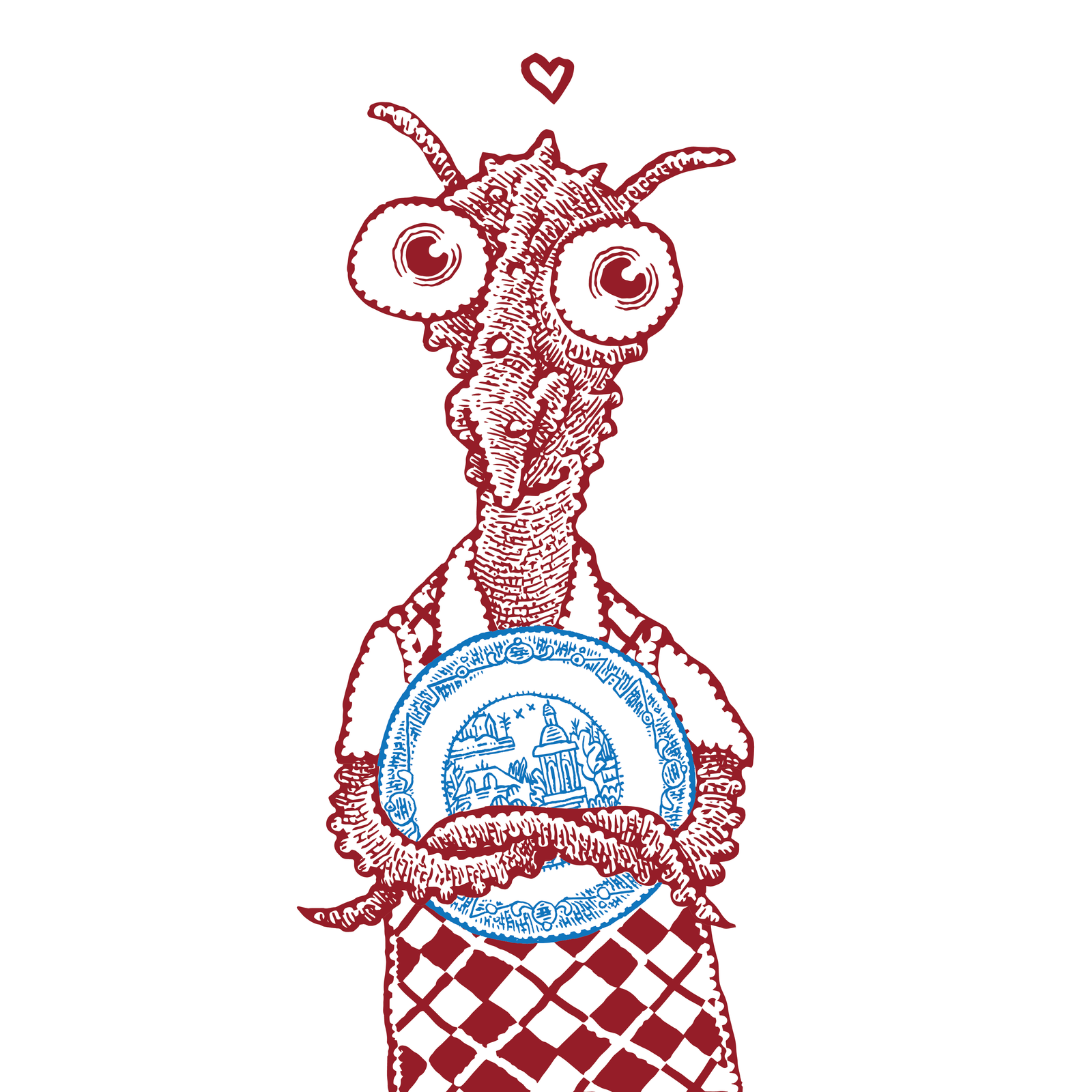
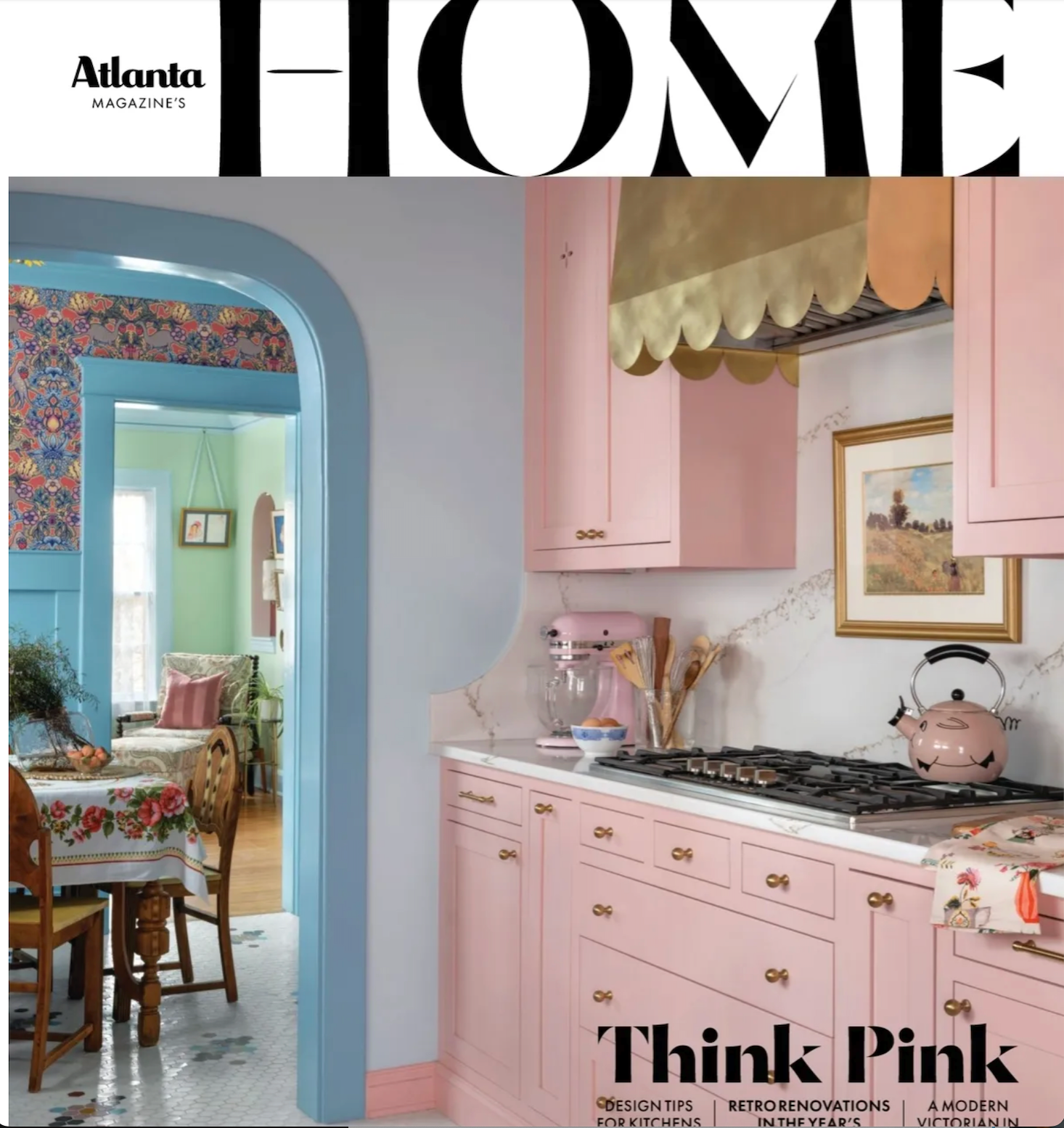
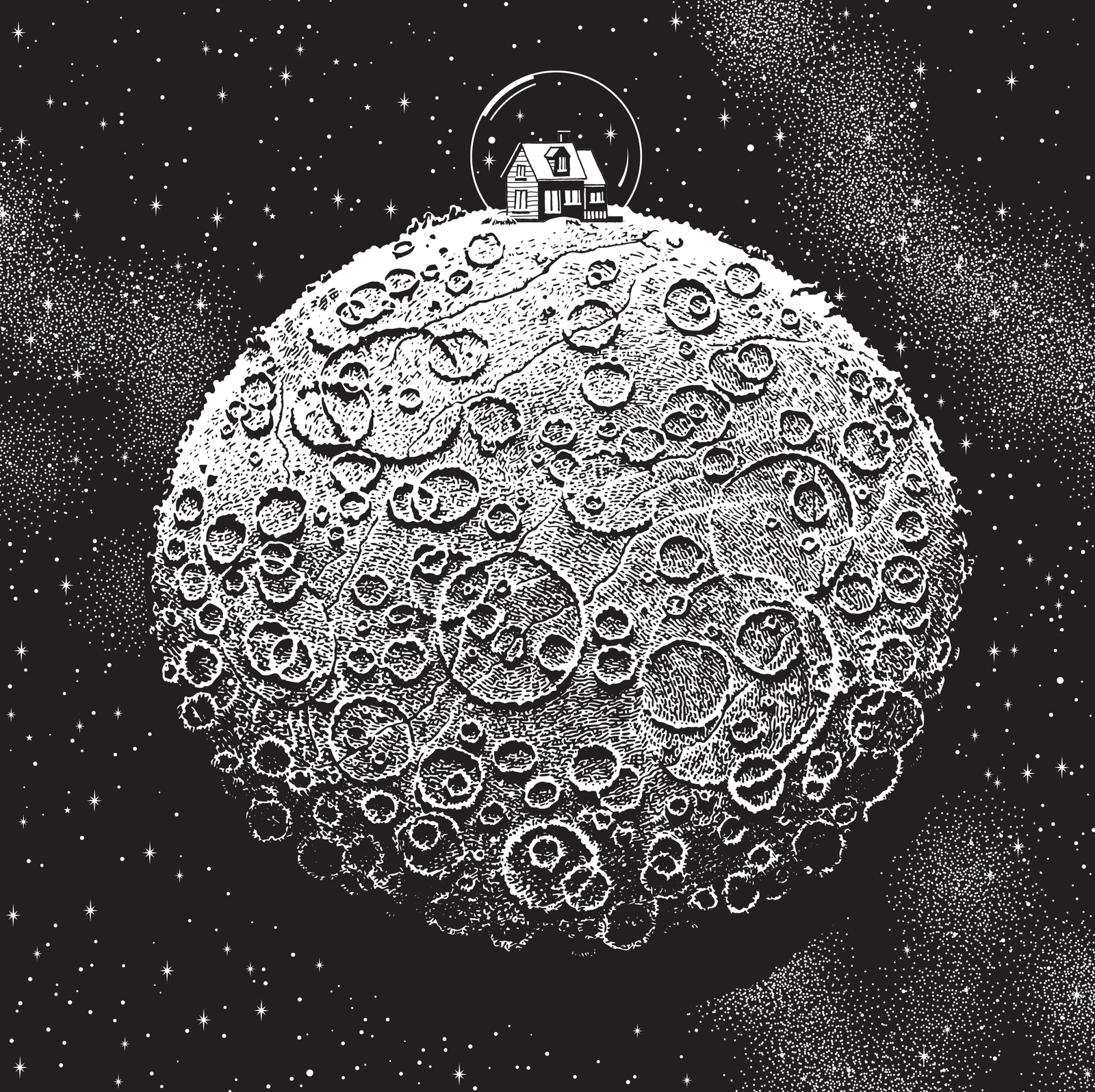
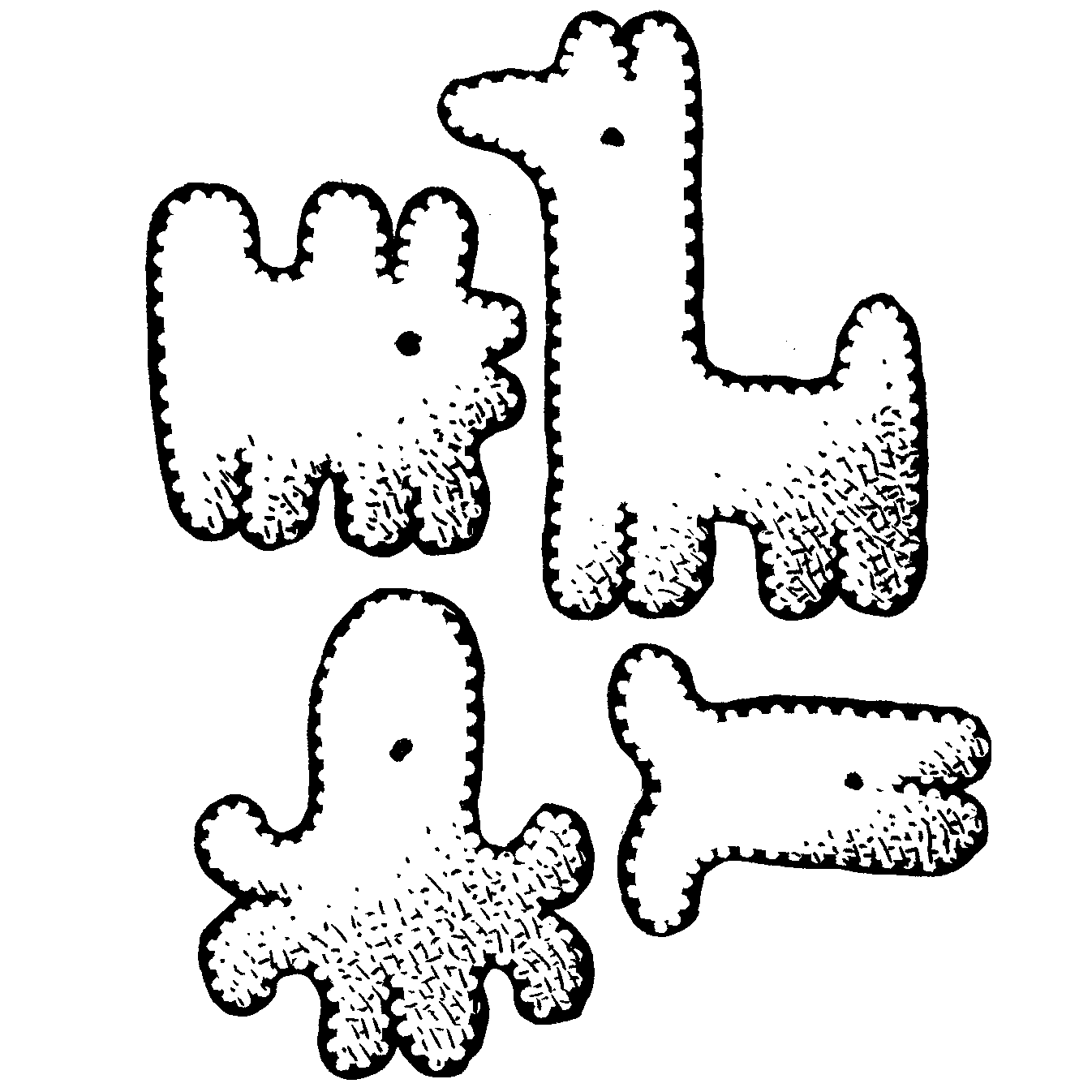
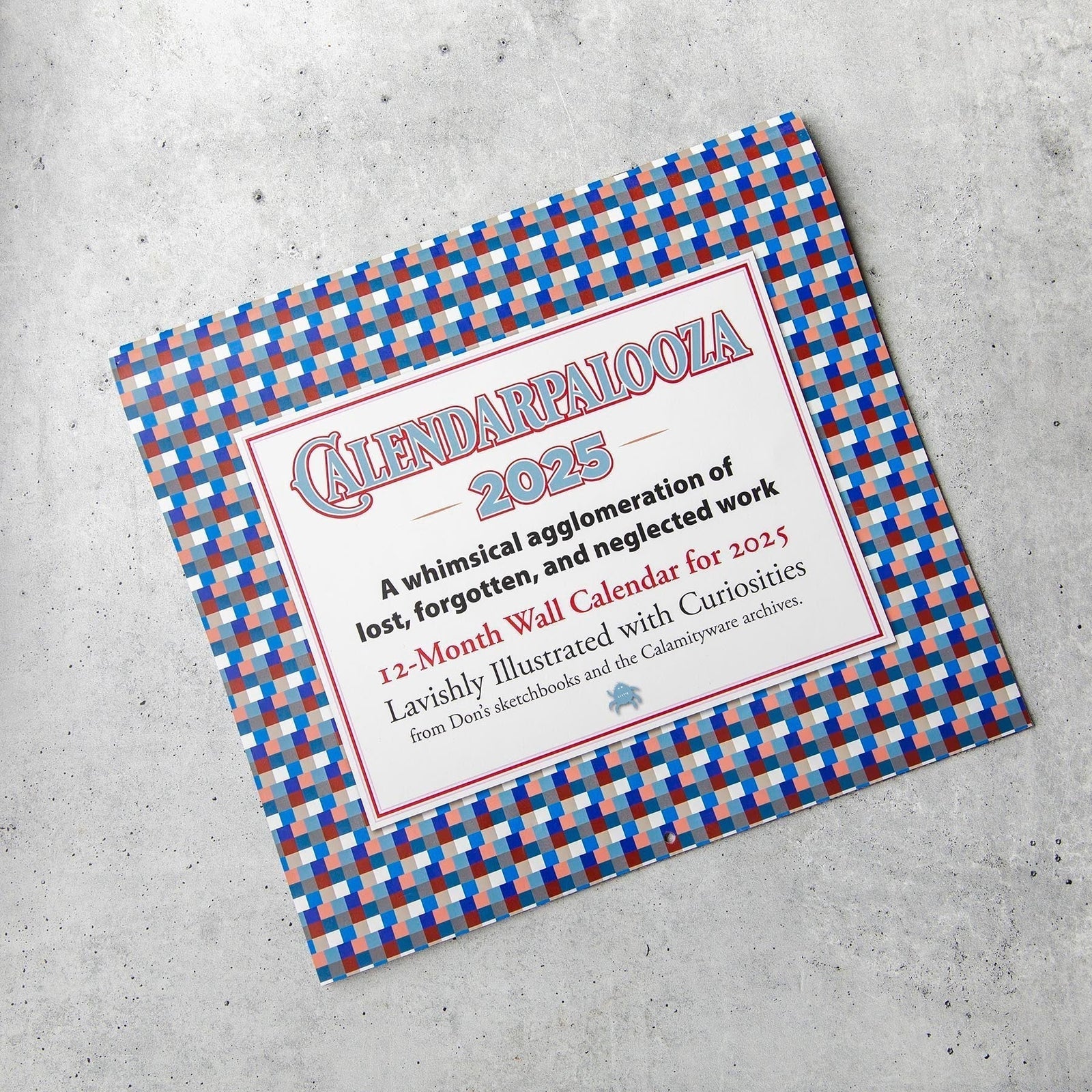
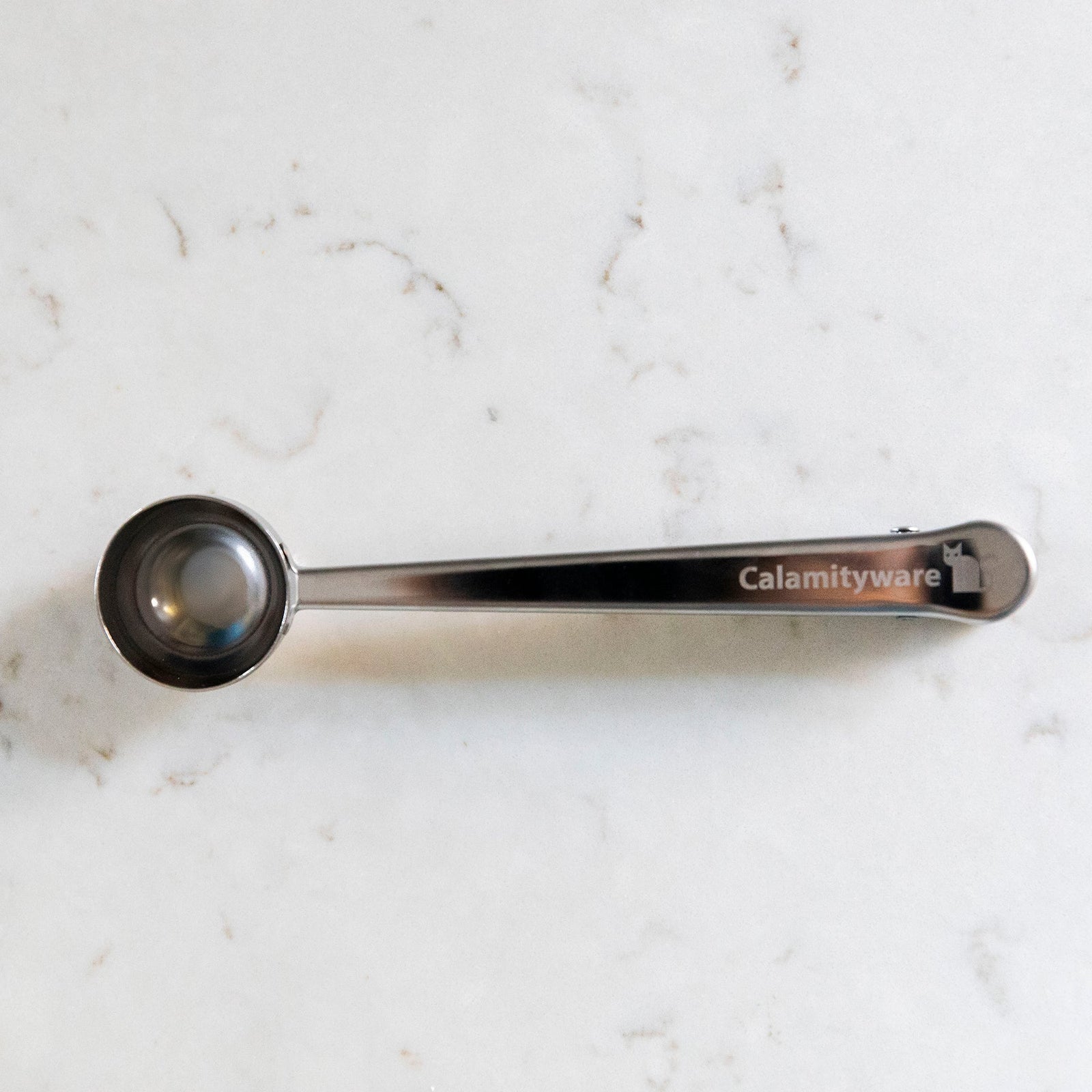
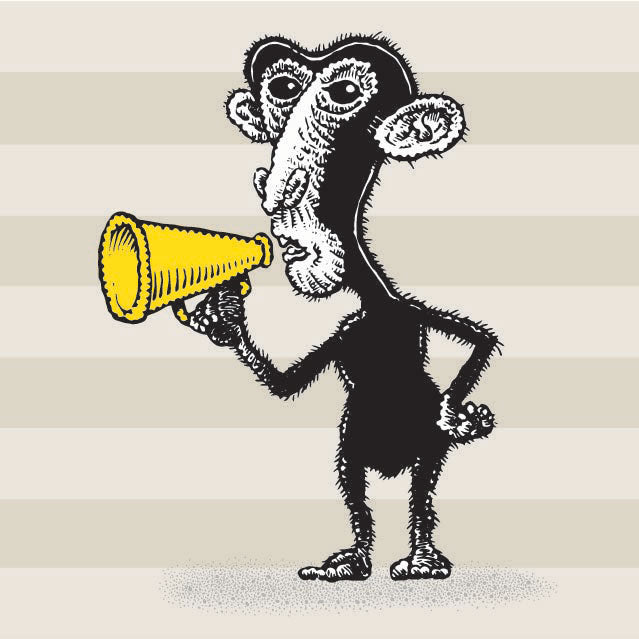
Don Moyer
August 18, 2016
Thanks for your comments. Without them, I’d have no idea is anyone takes time to read my rambling blogs. I hope my blog perspective includes some surprises. It would be sad to think that I’m just restating obvious cliches. Don